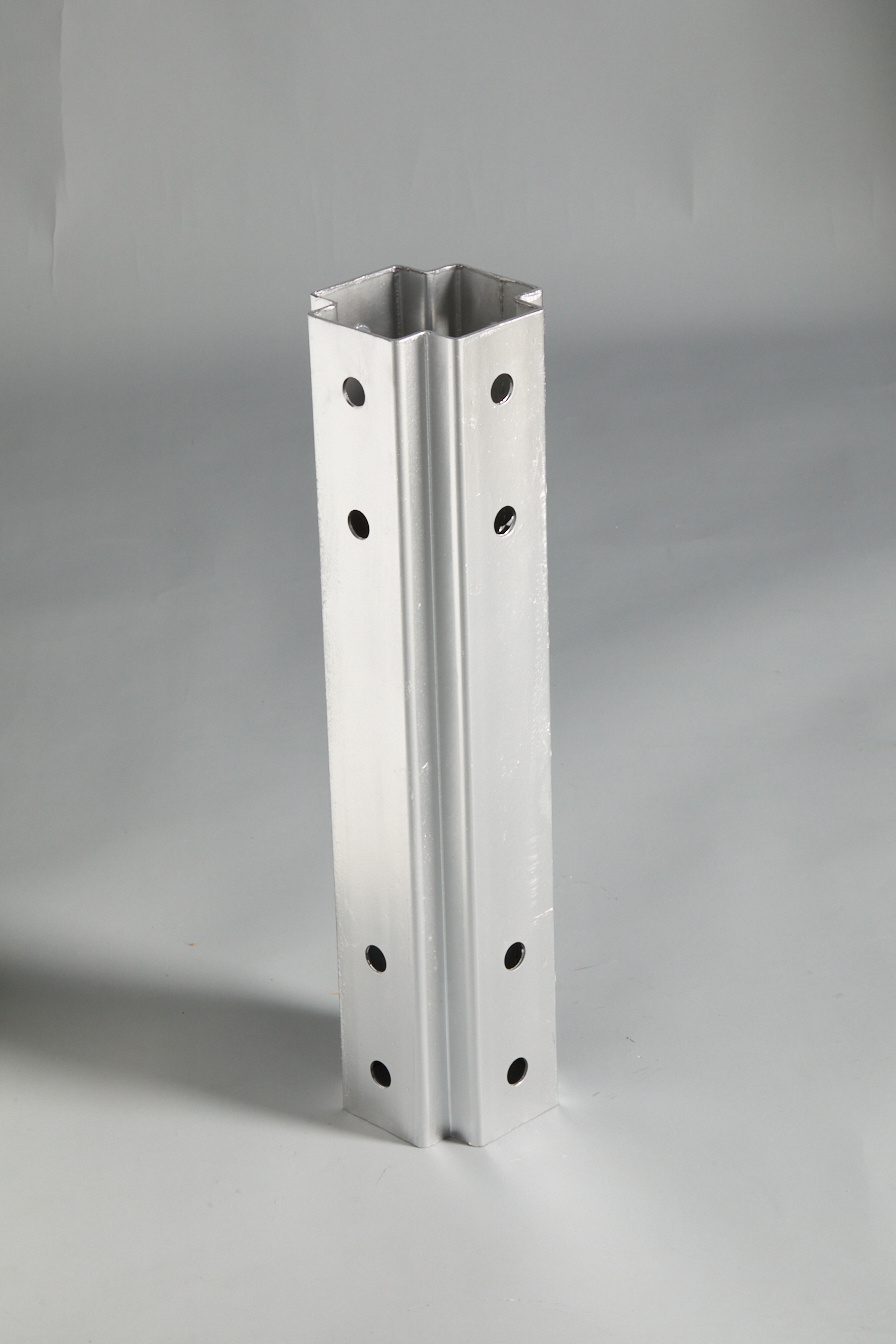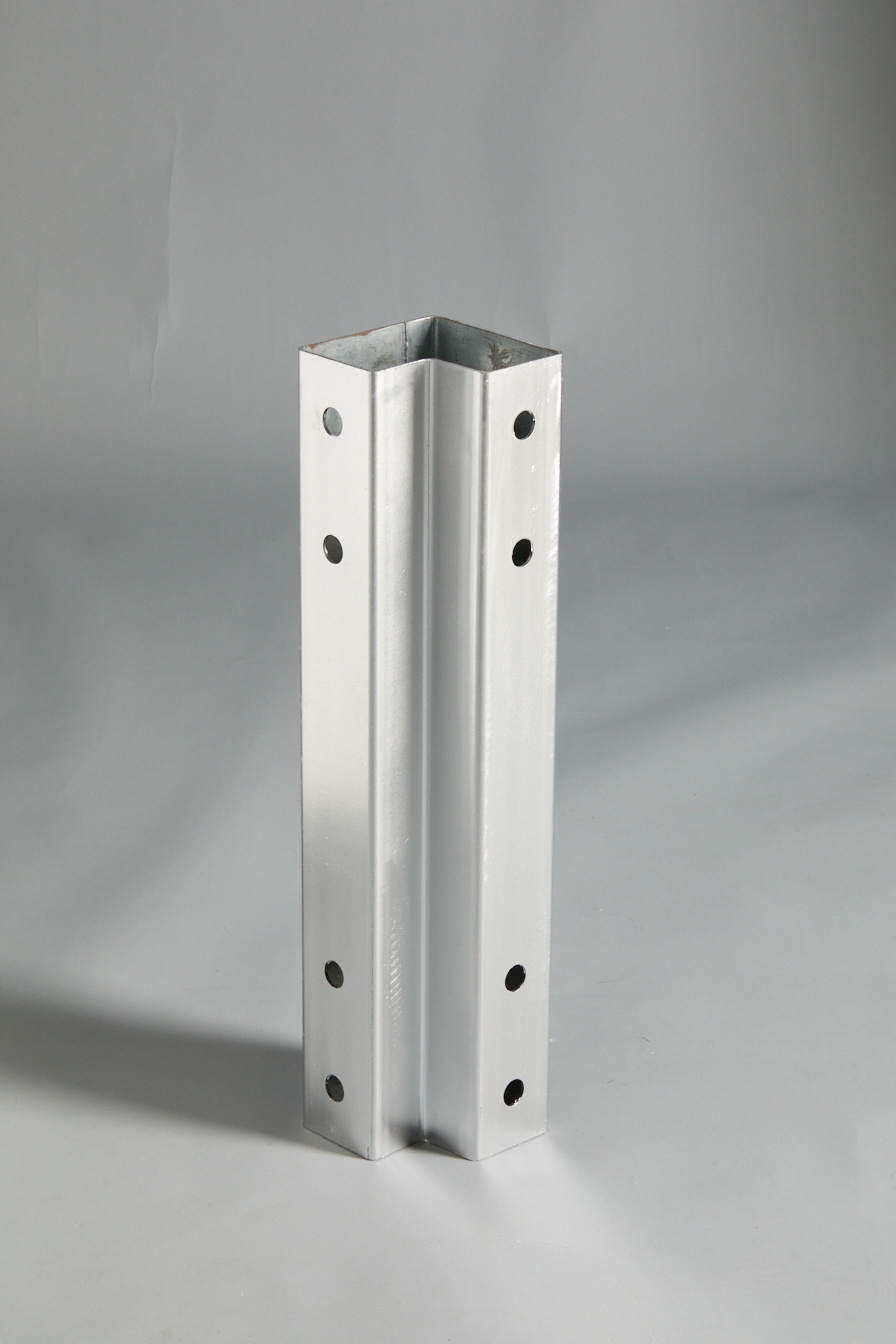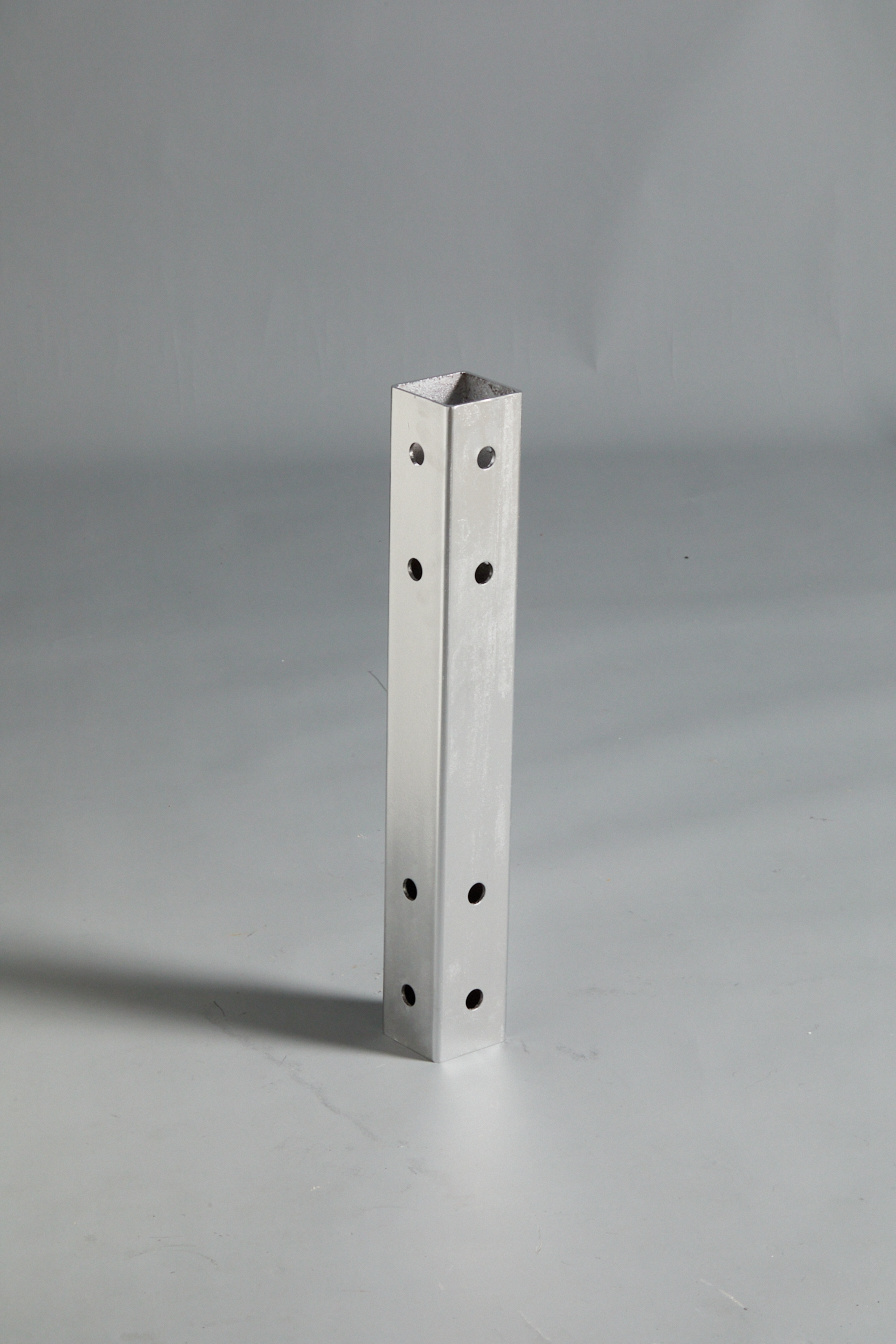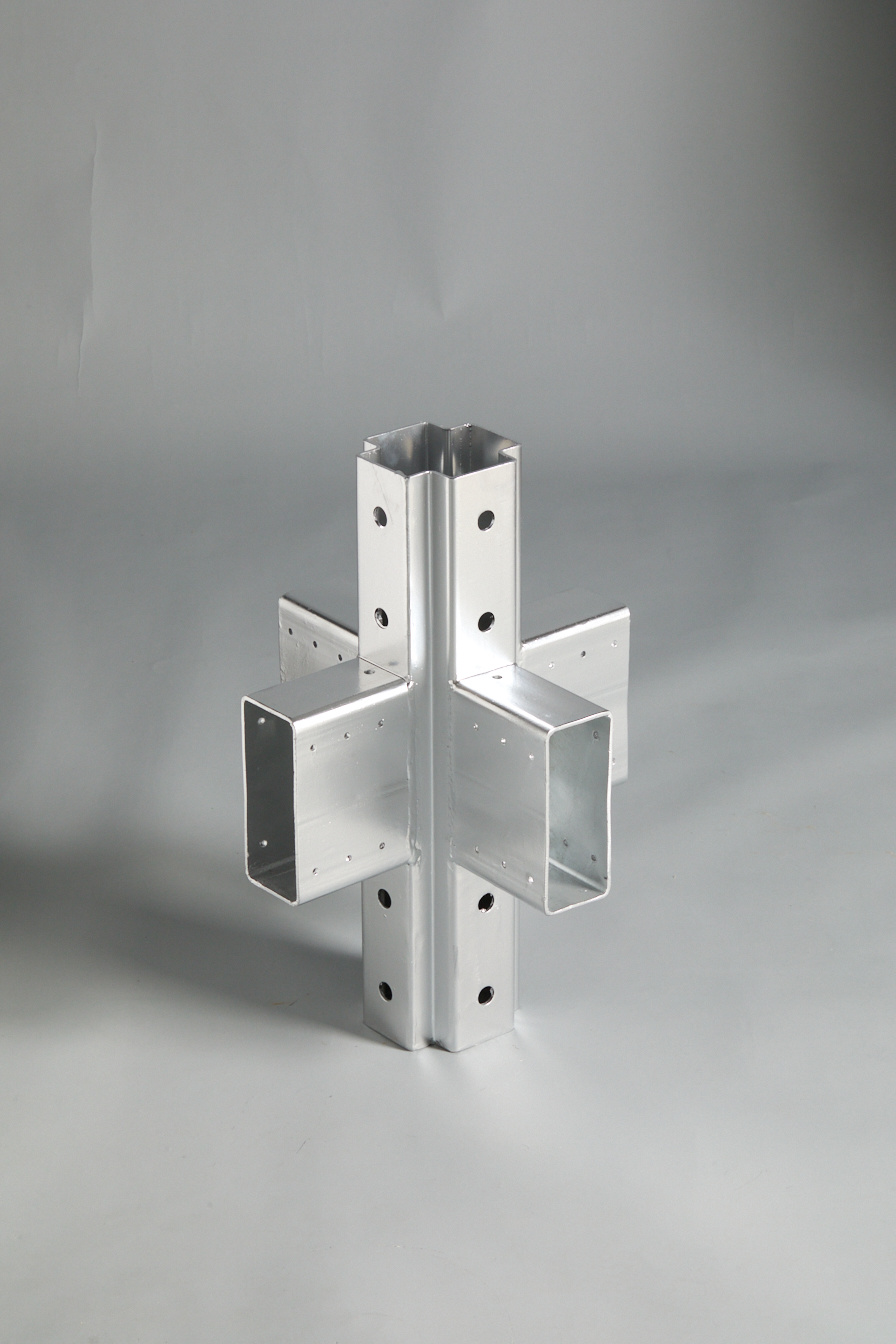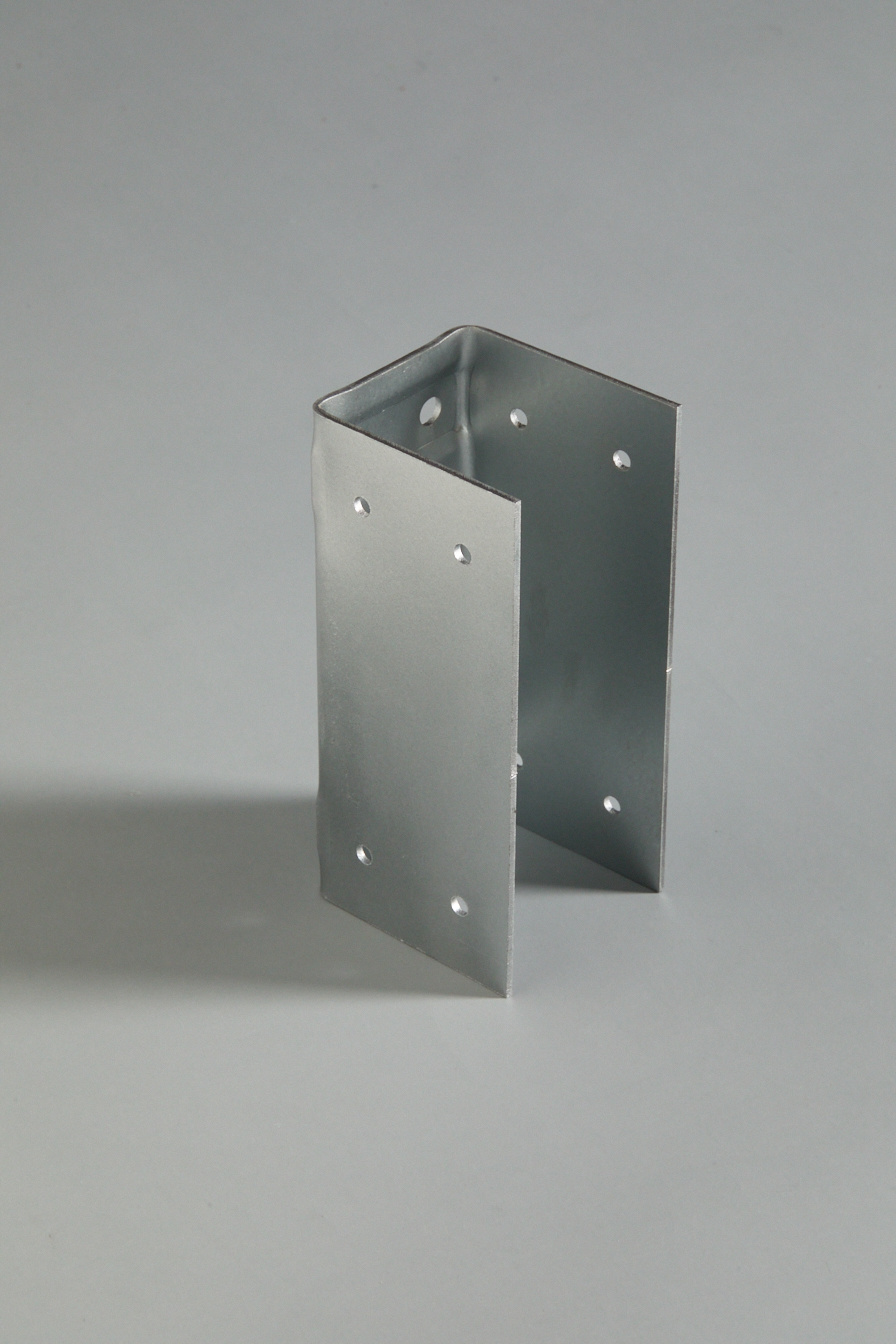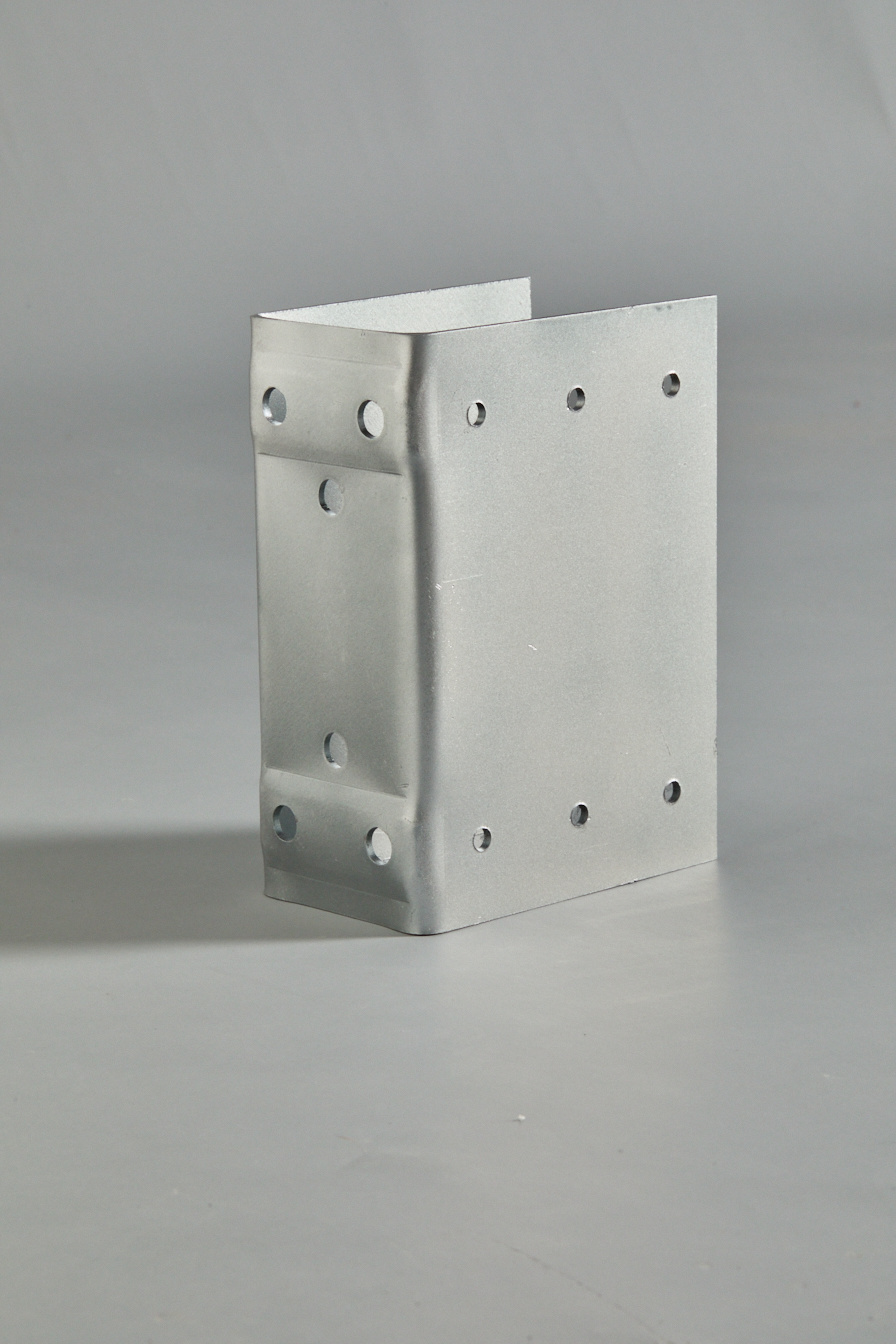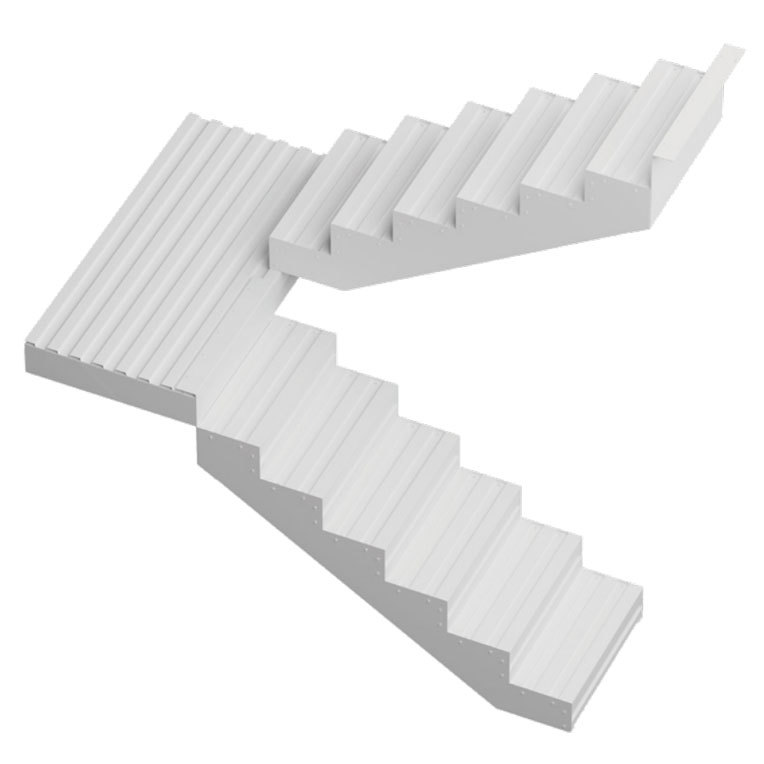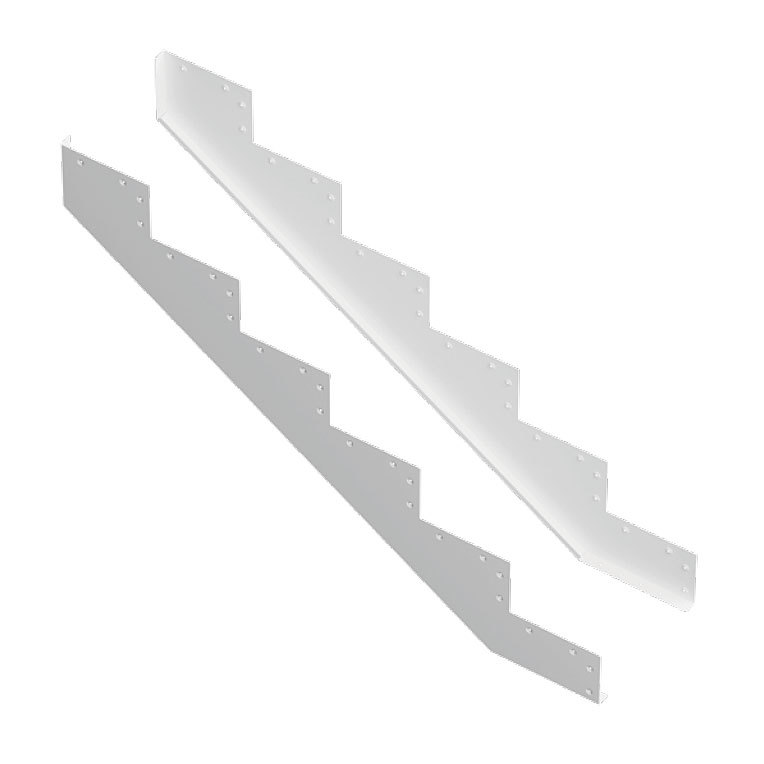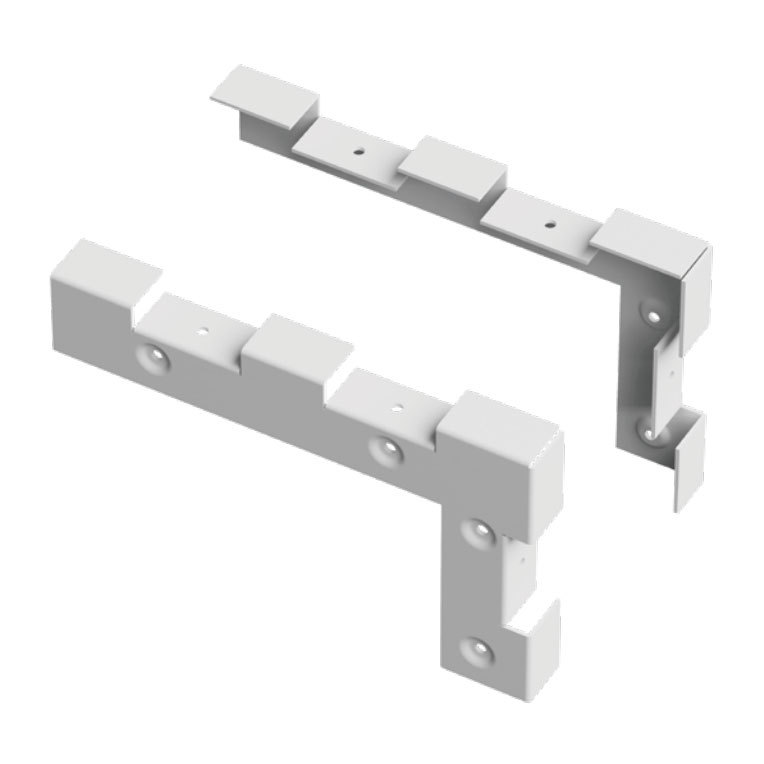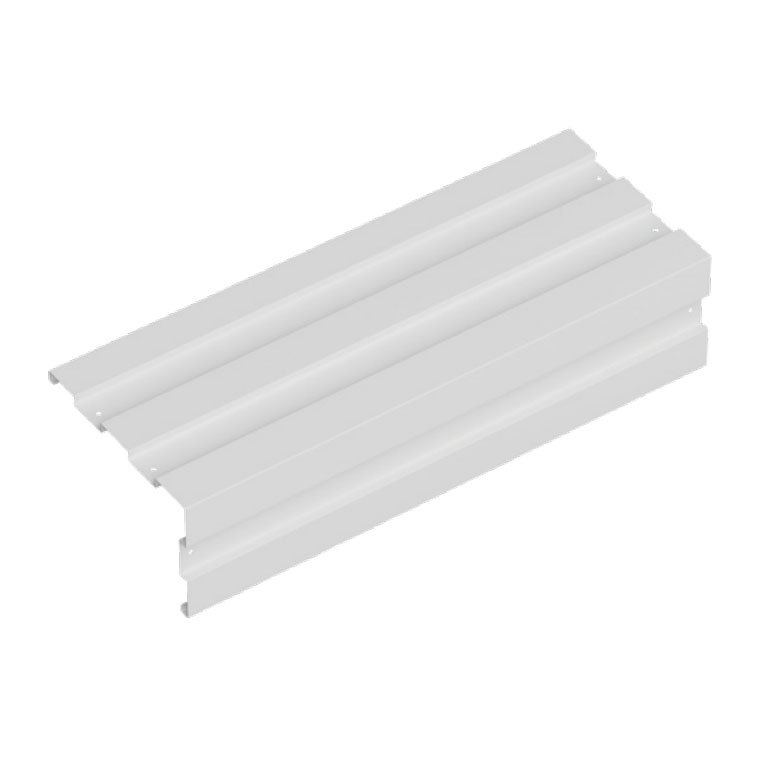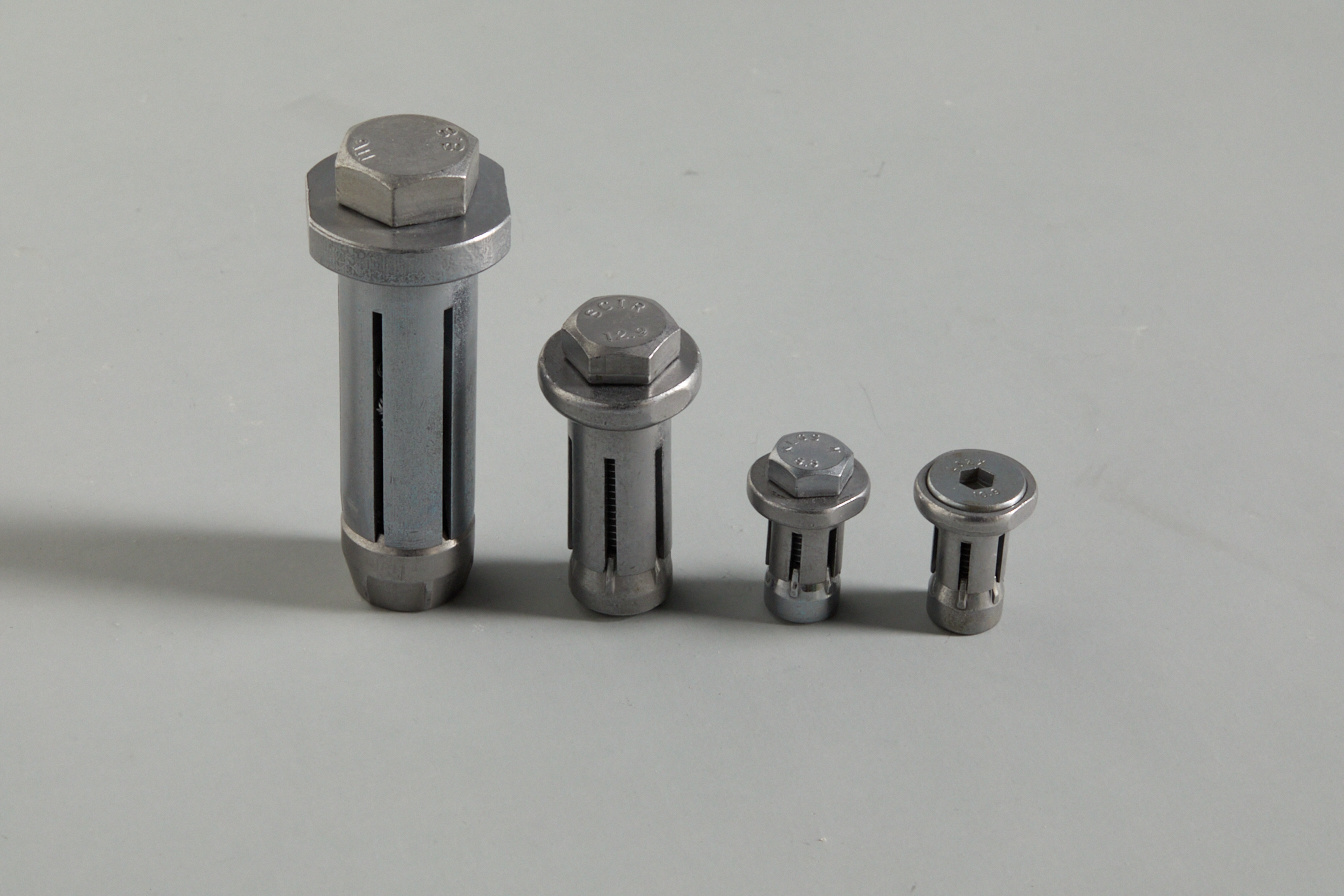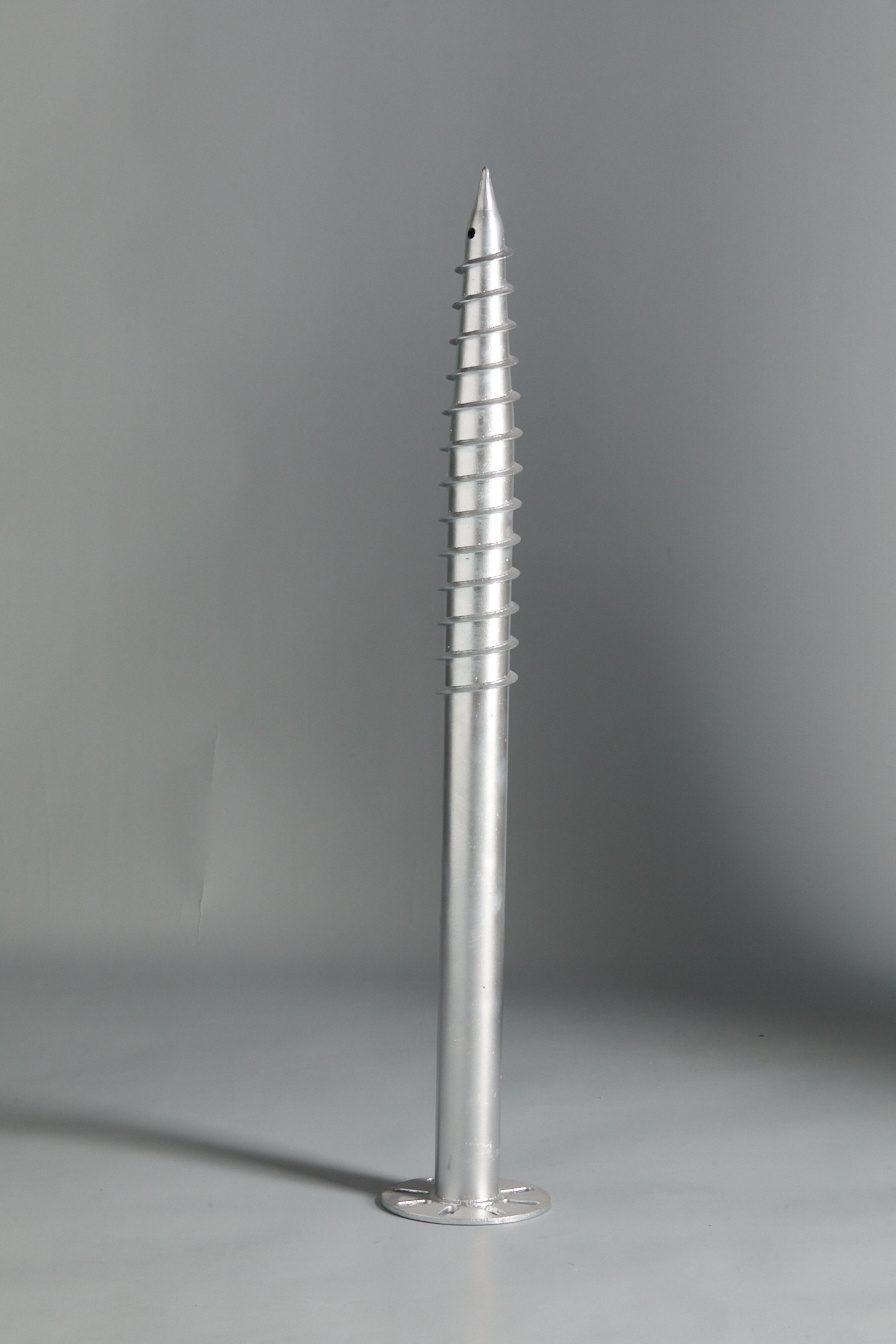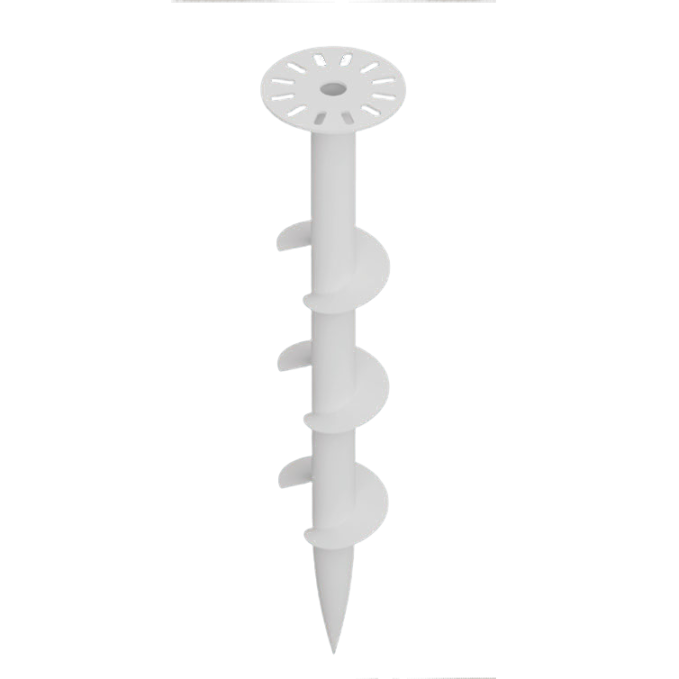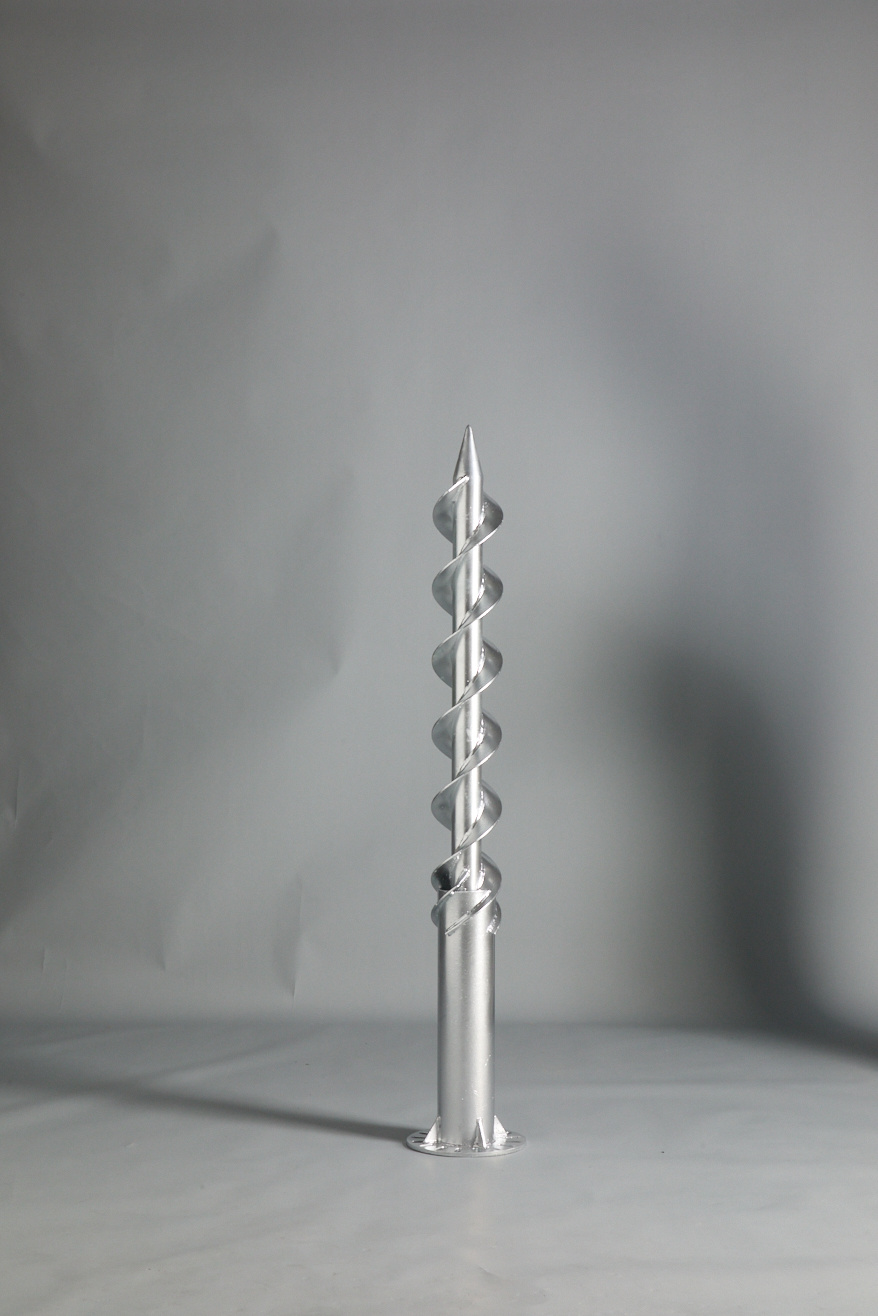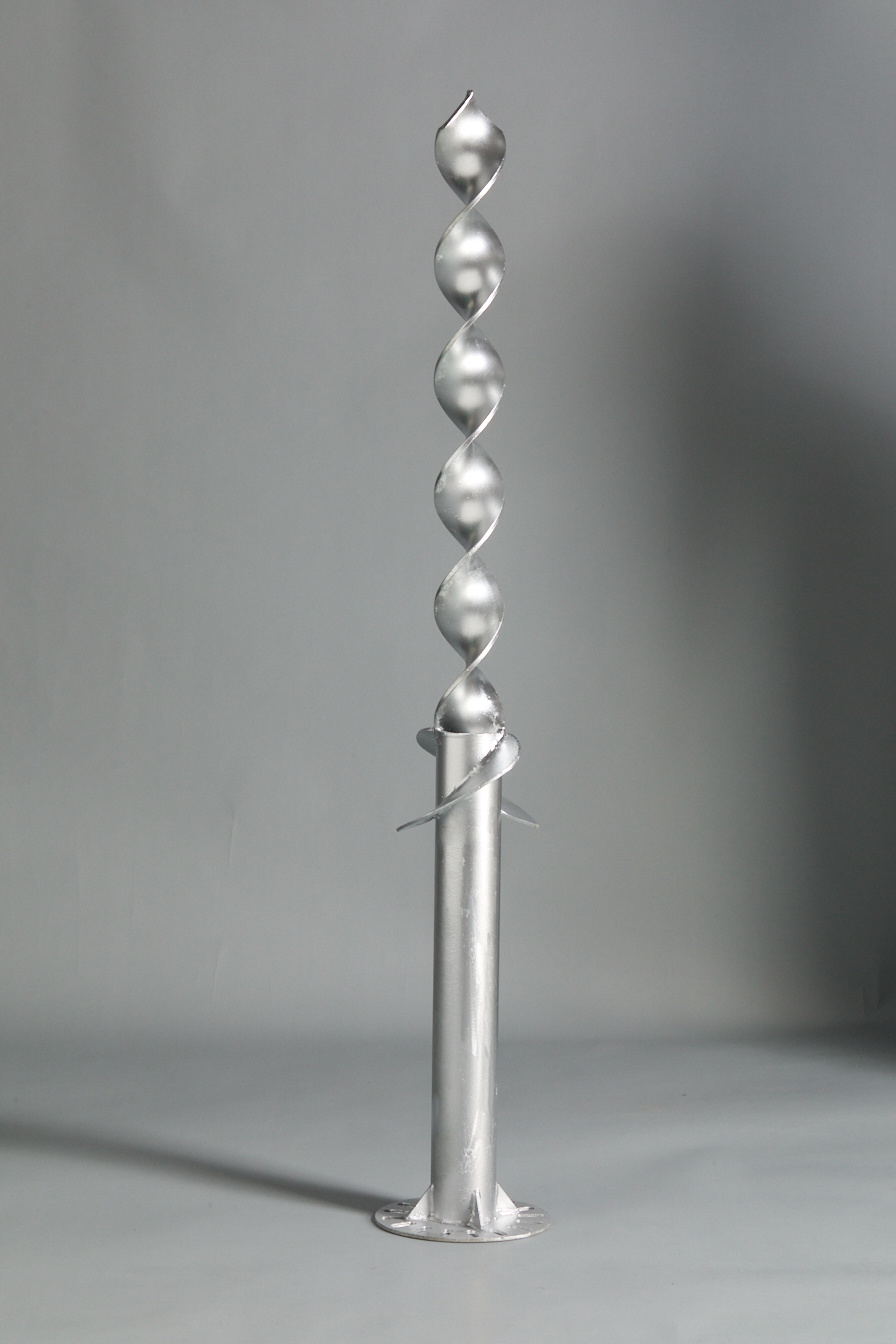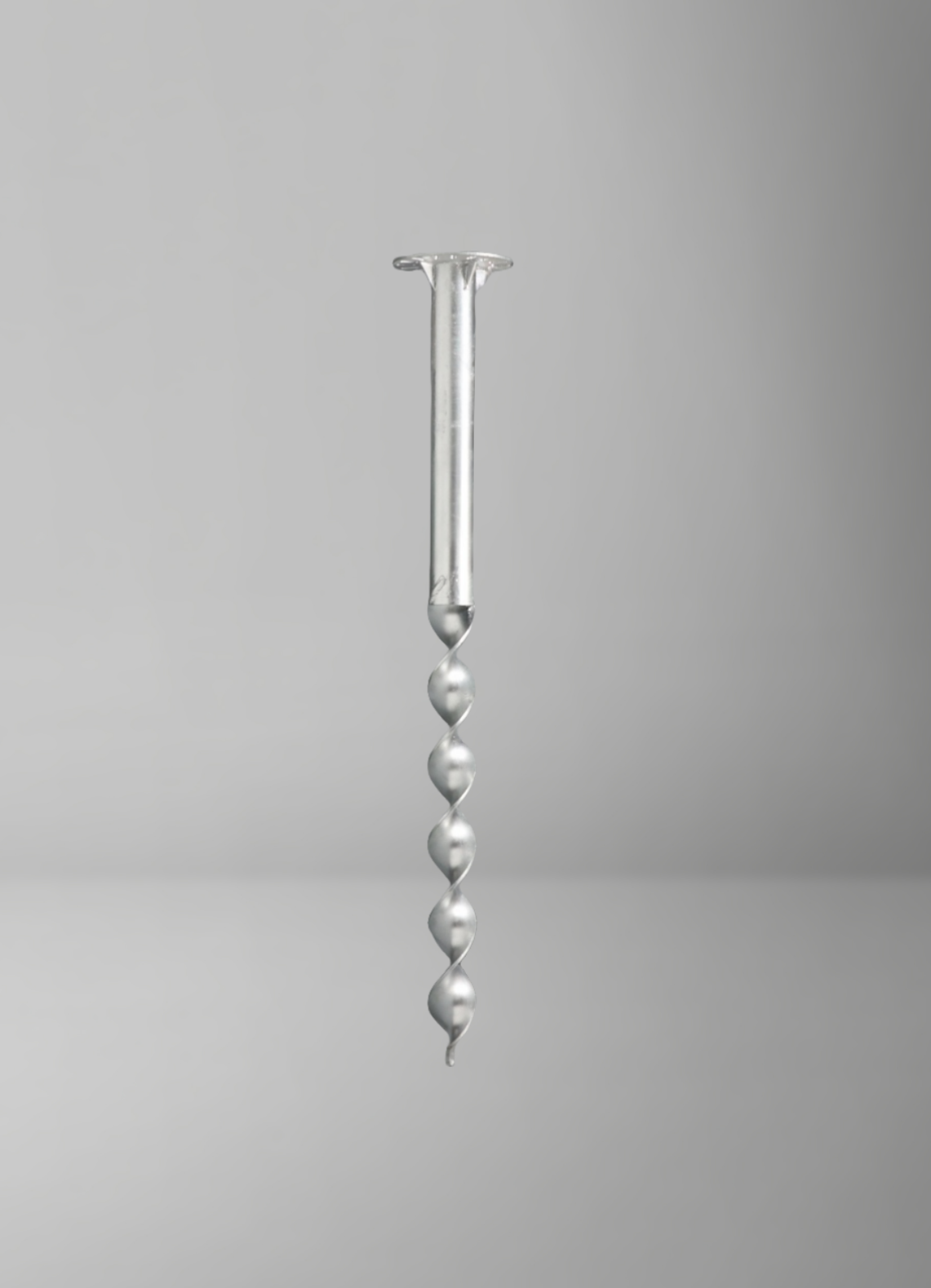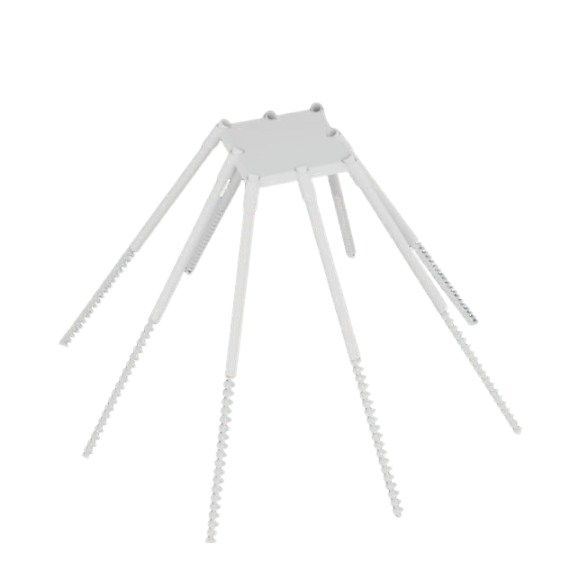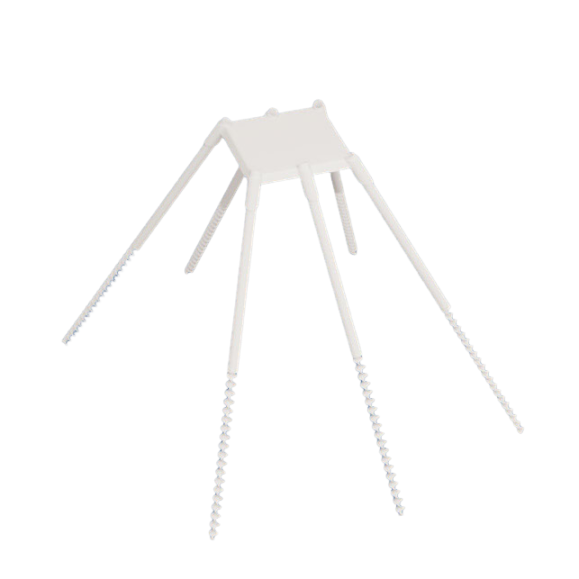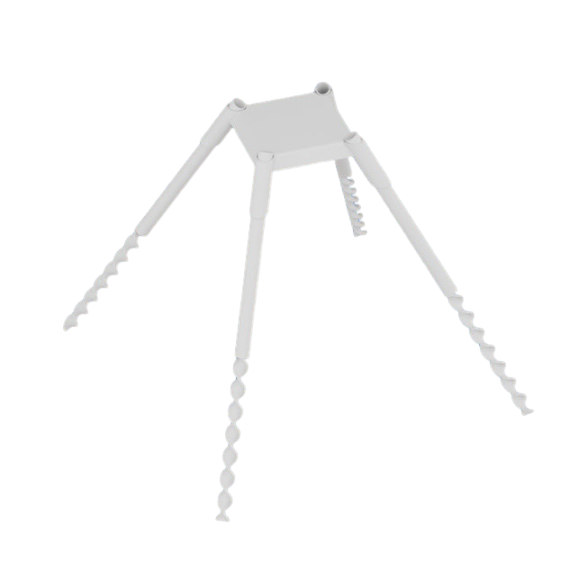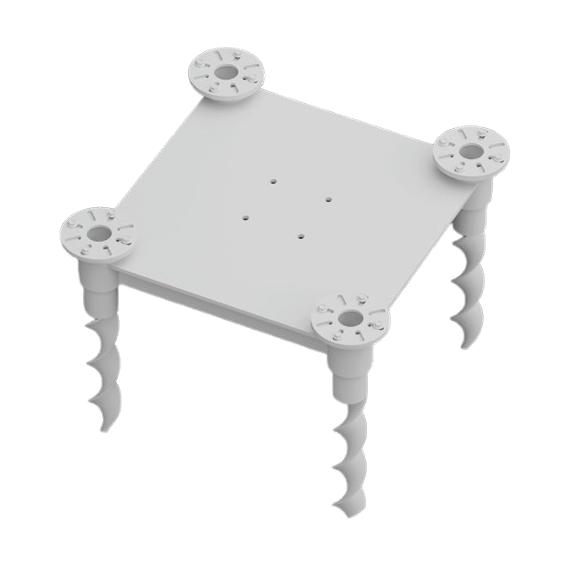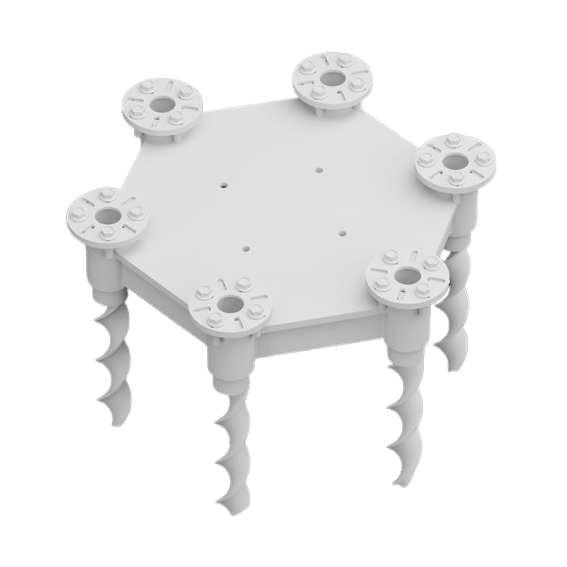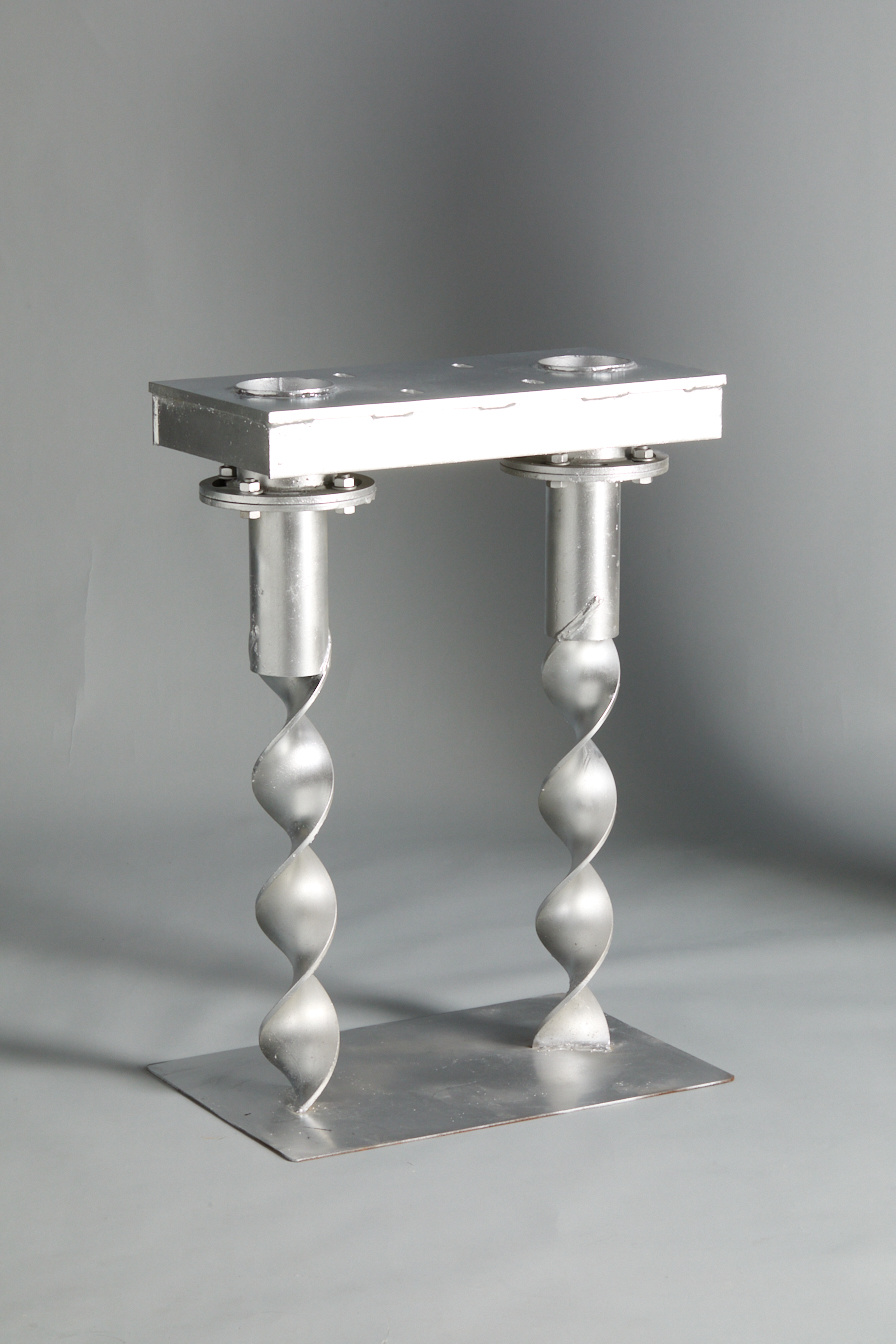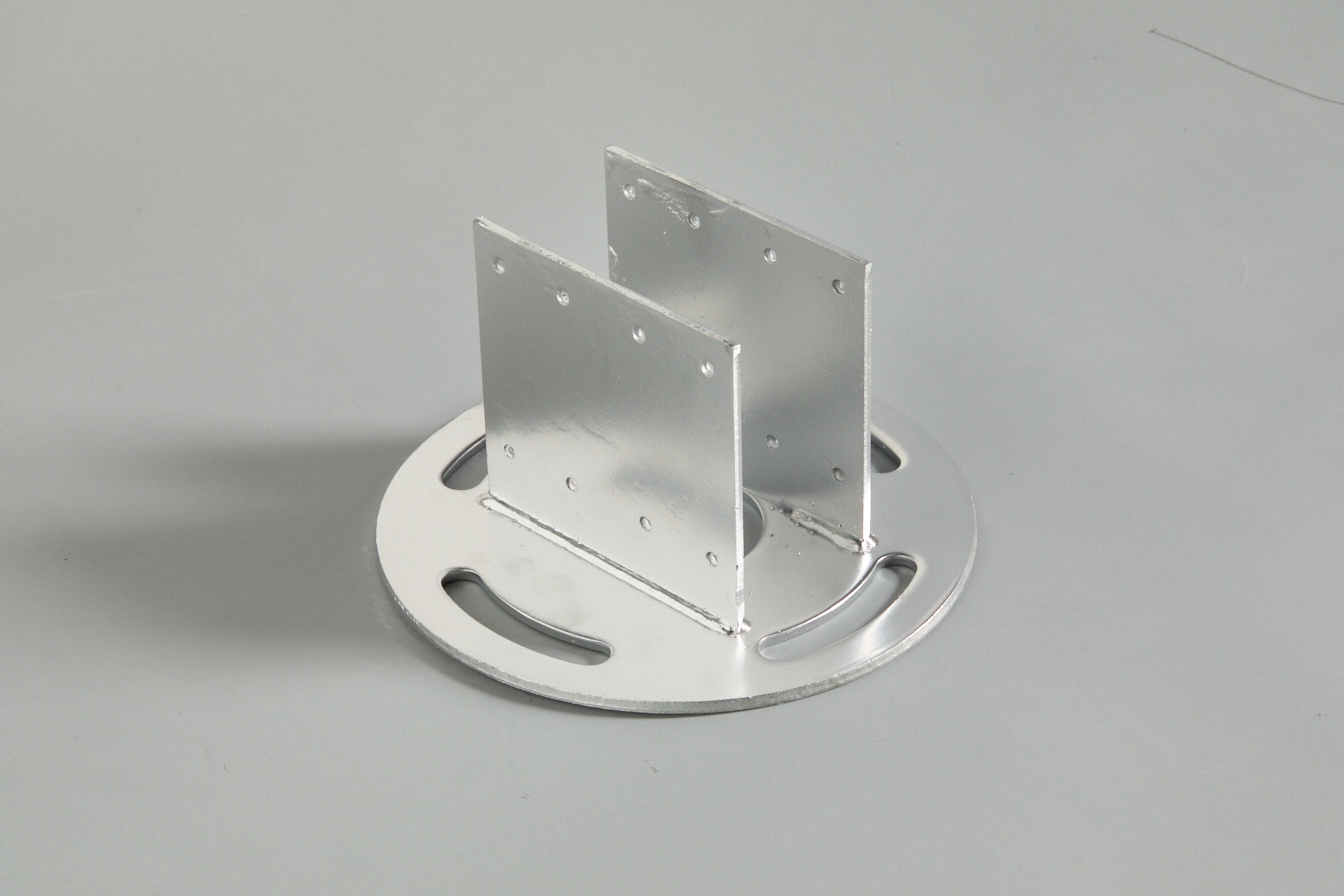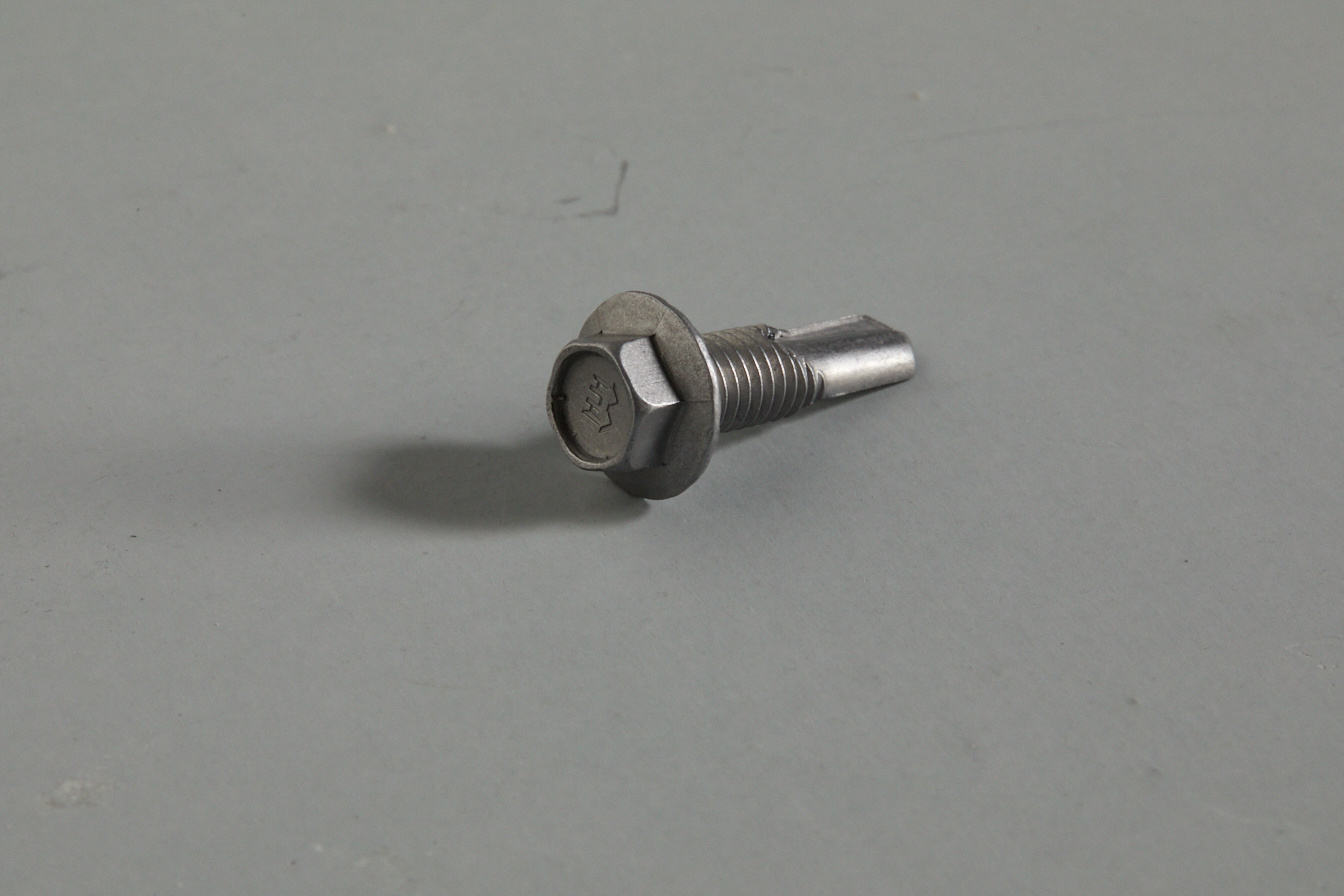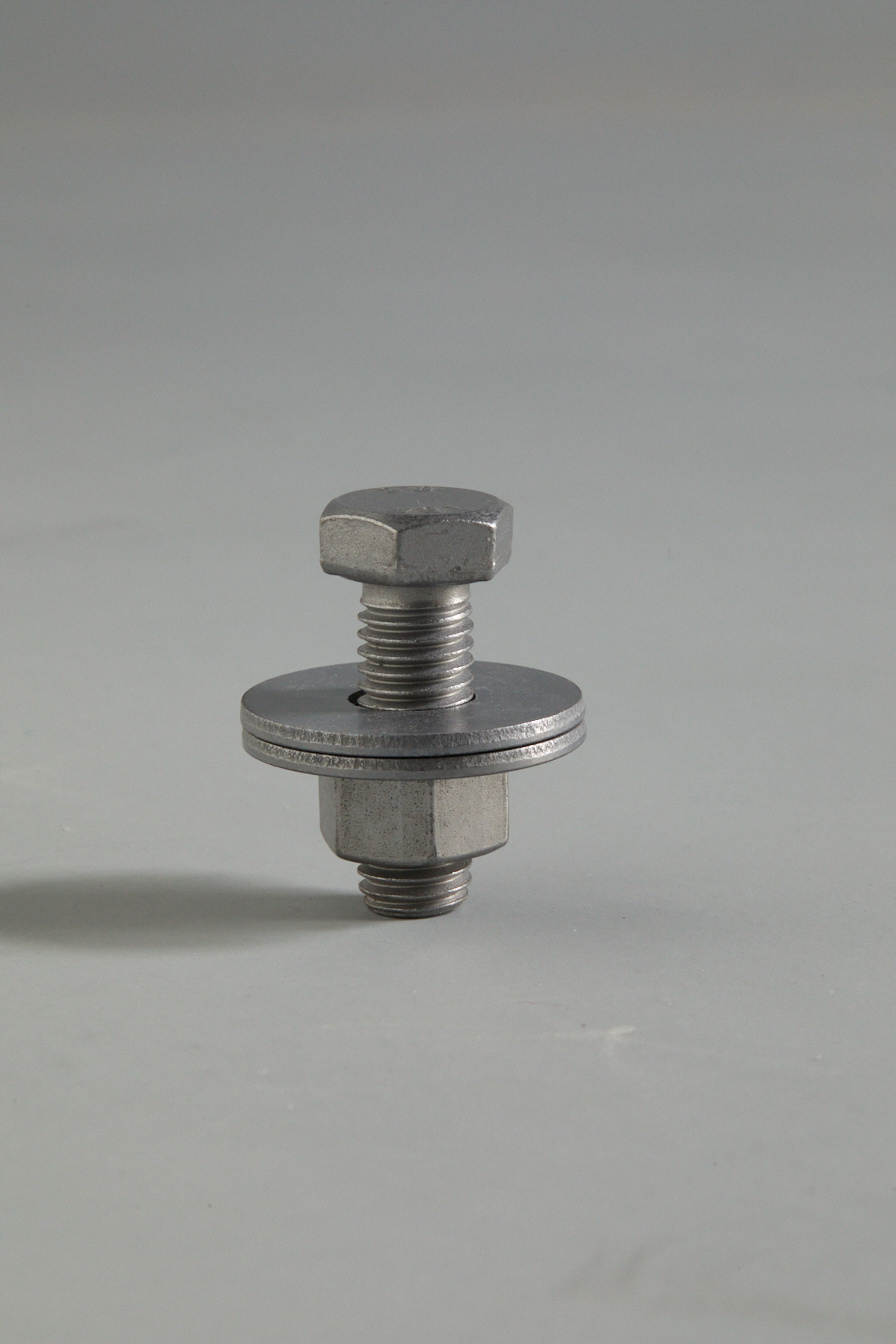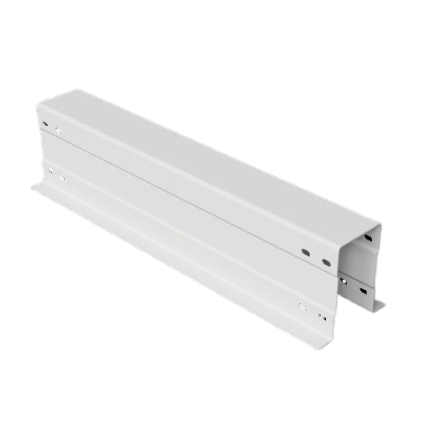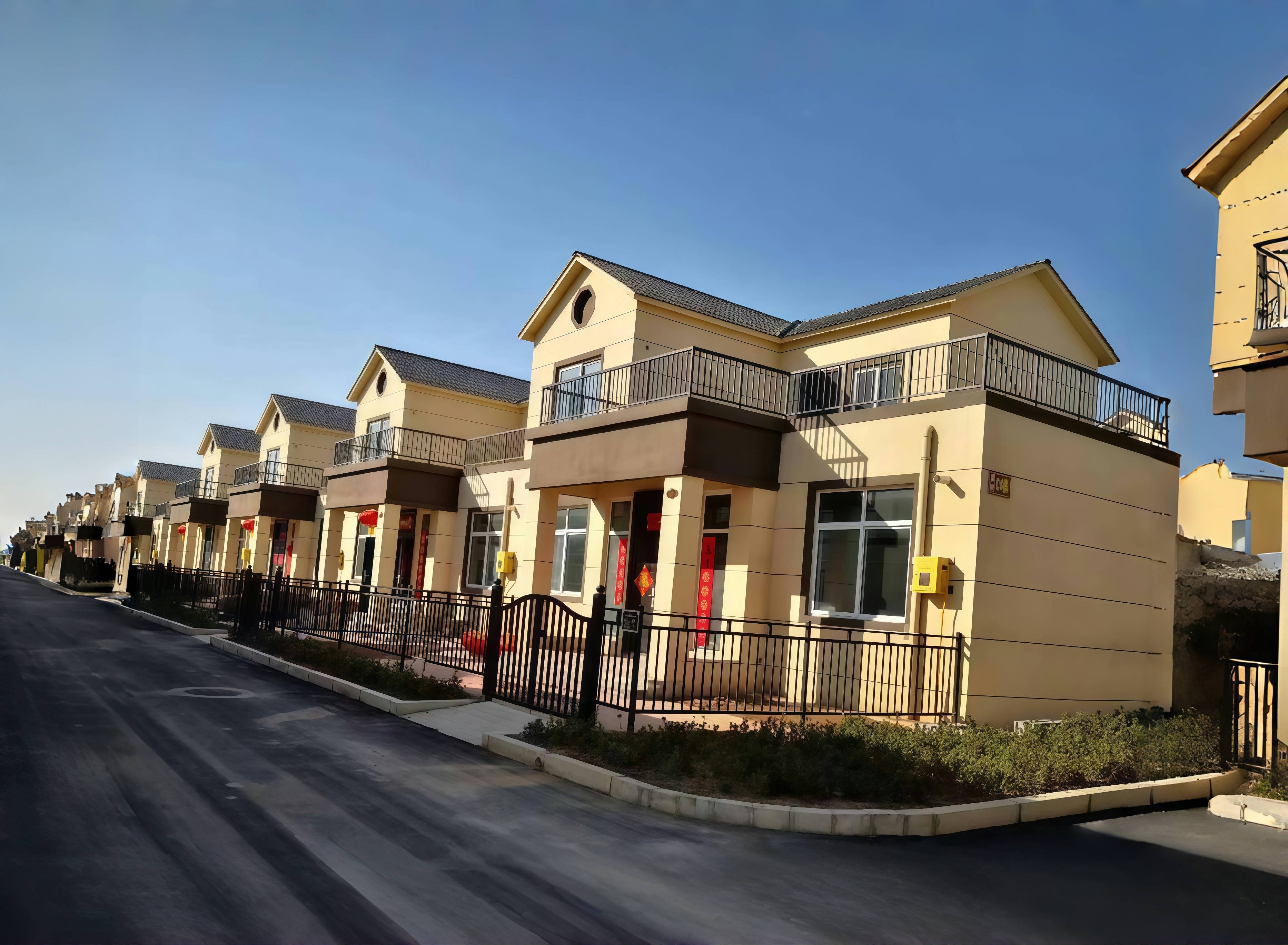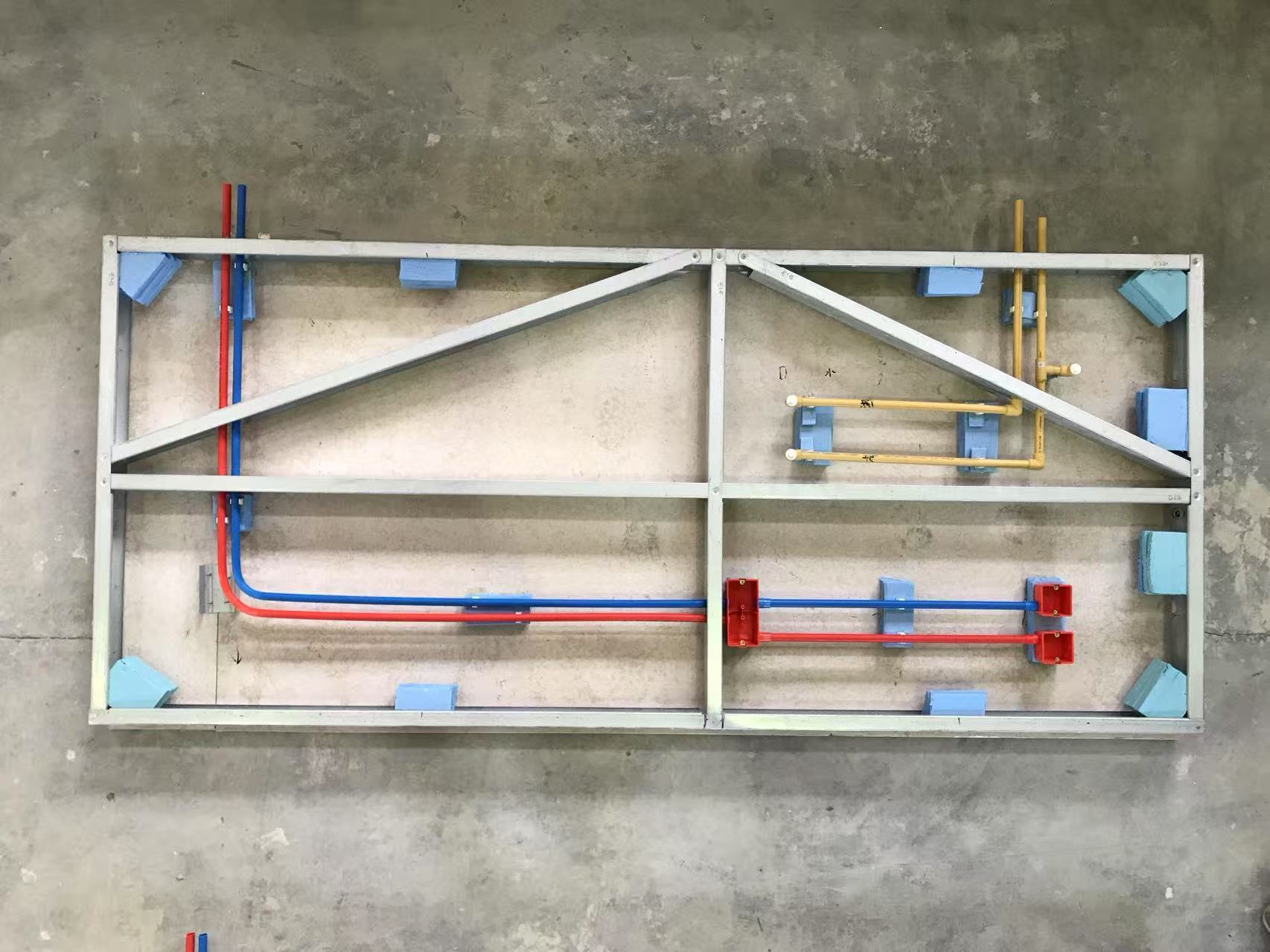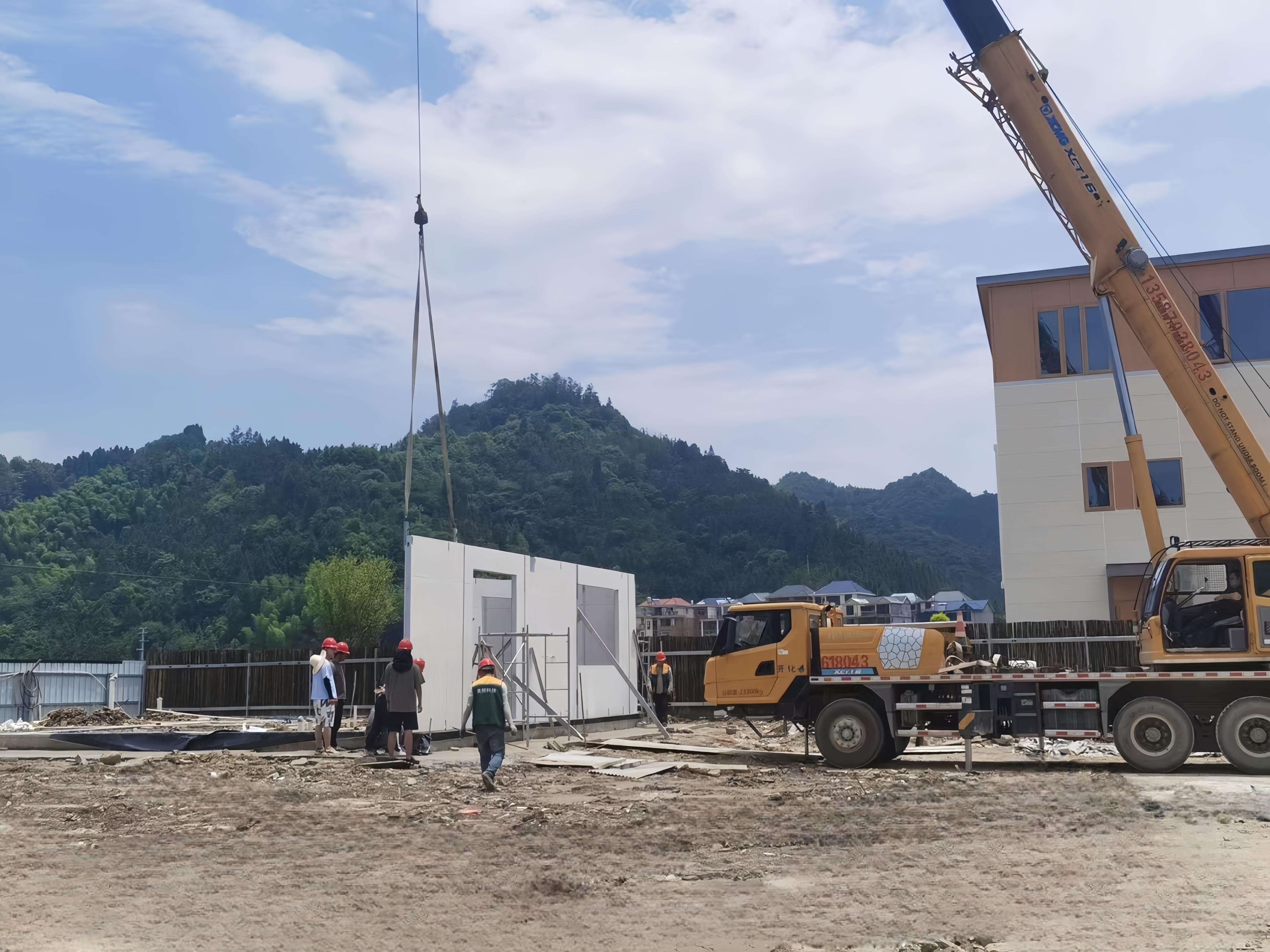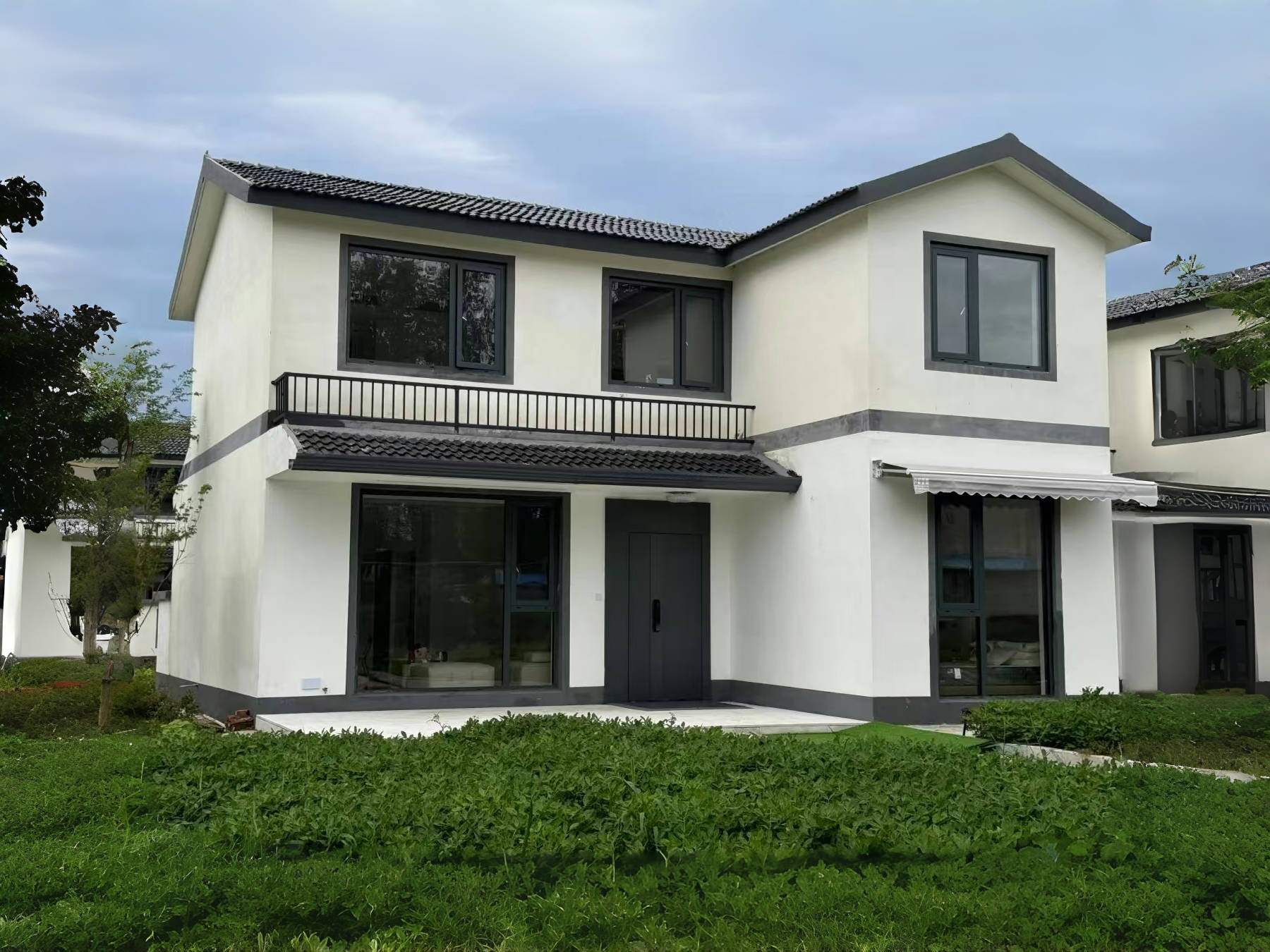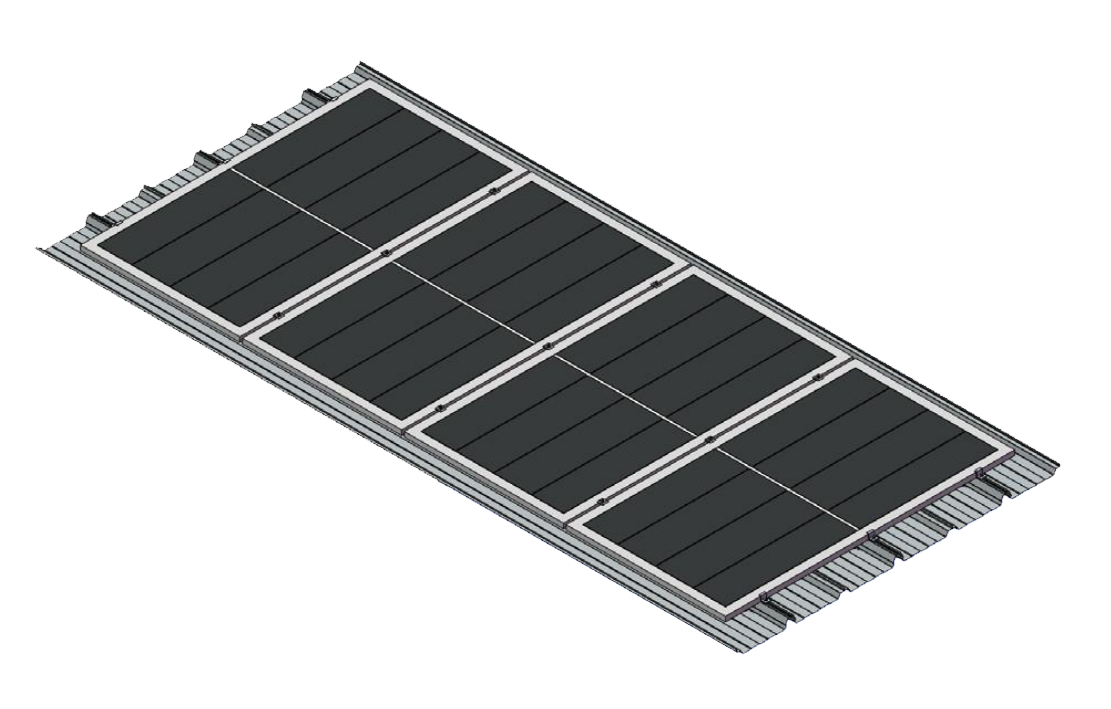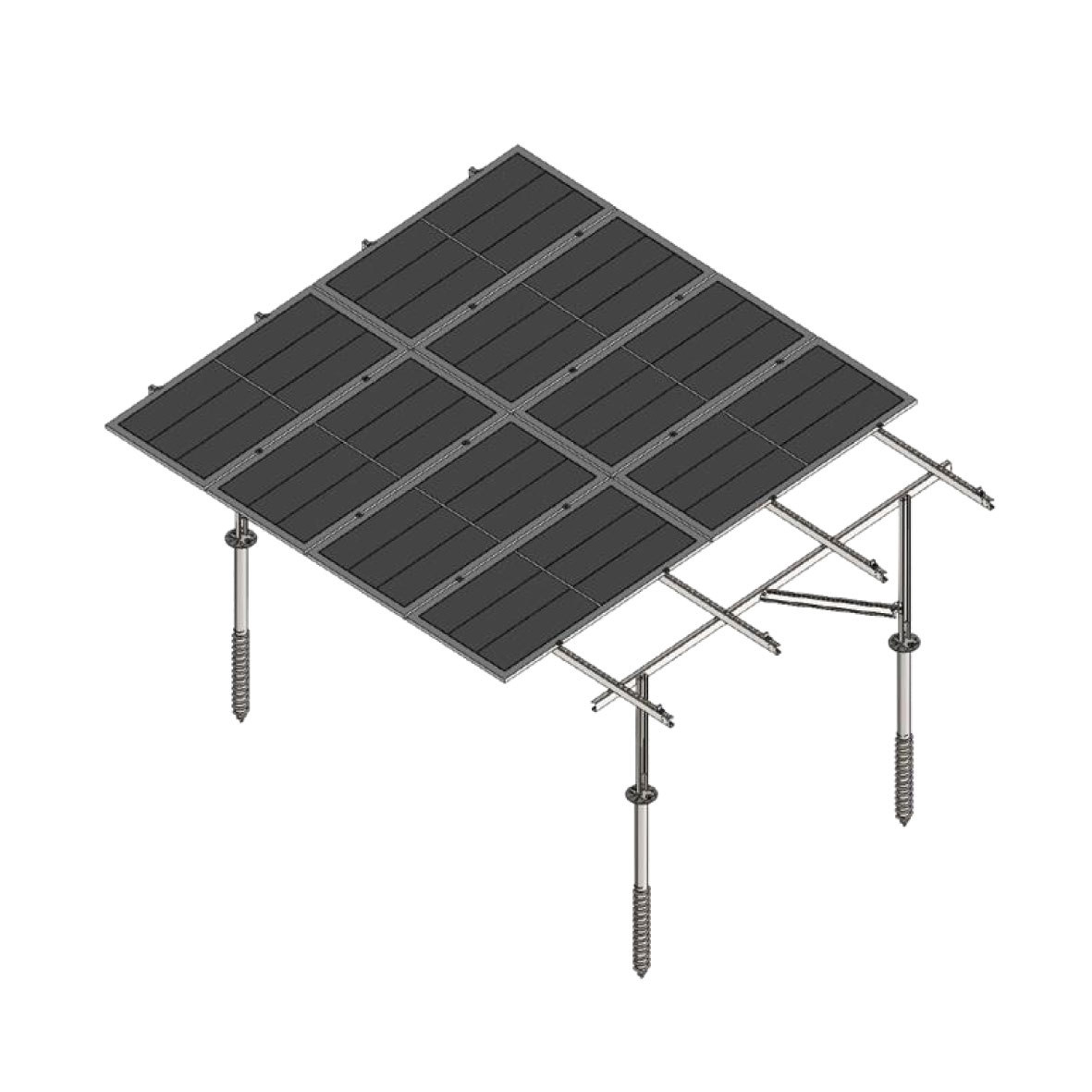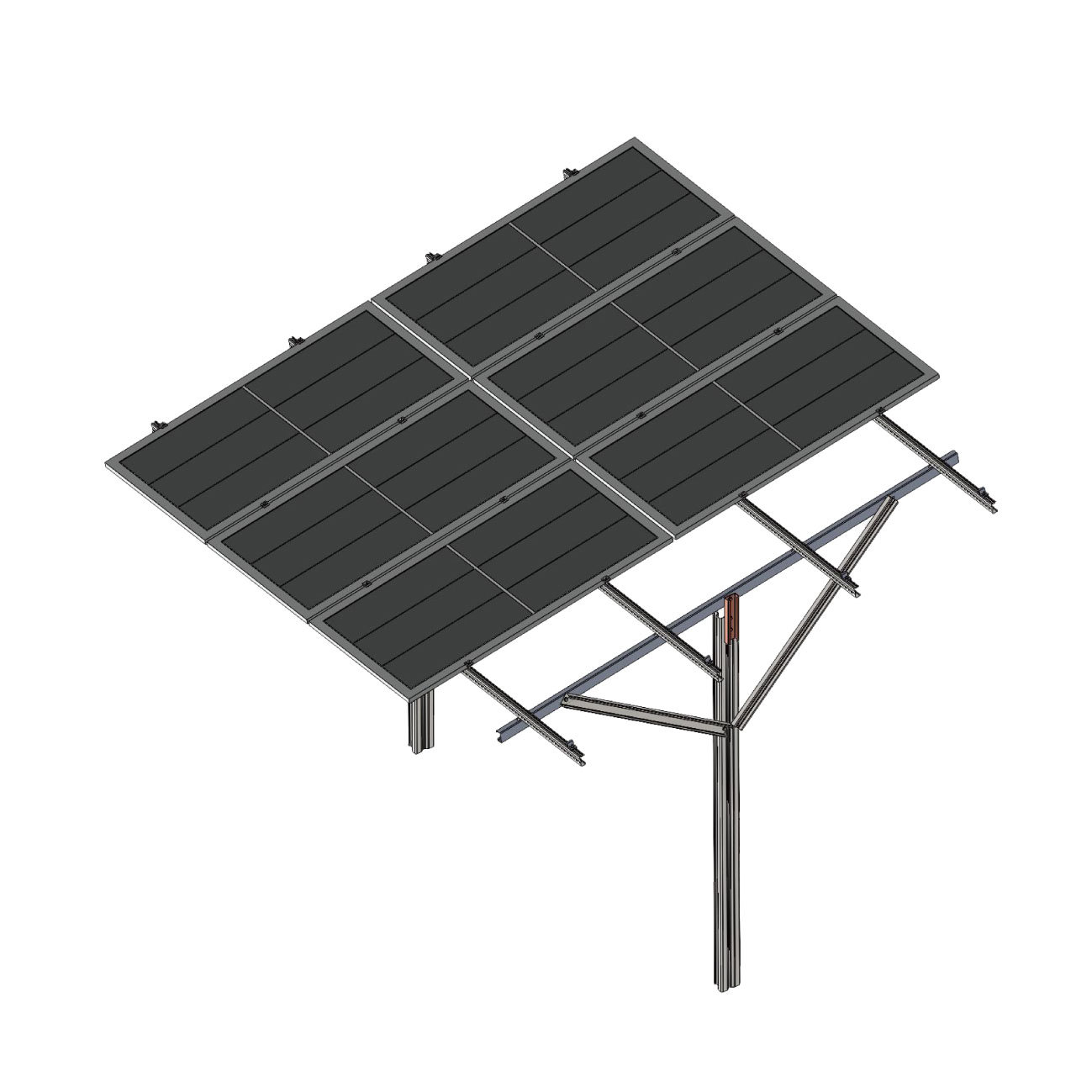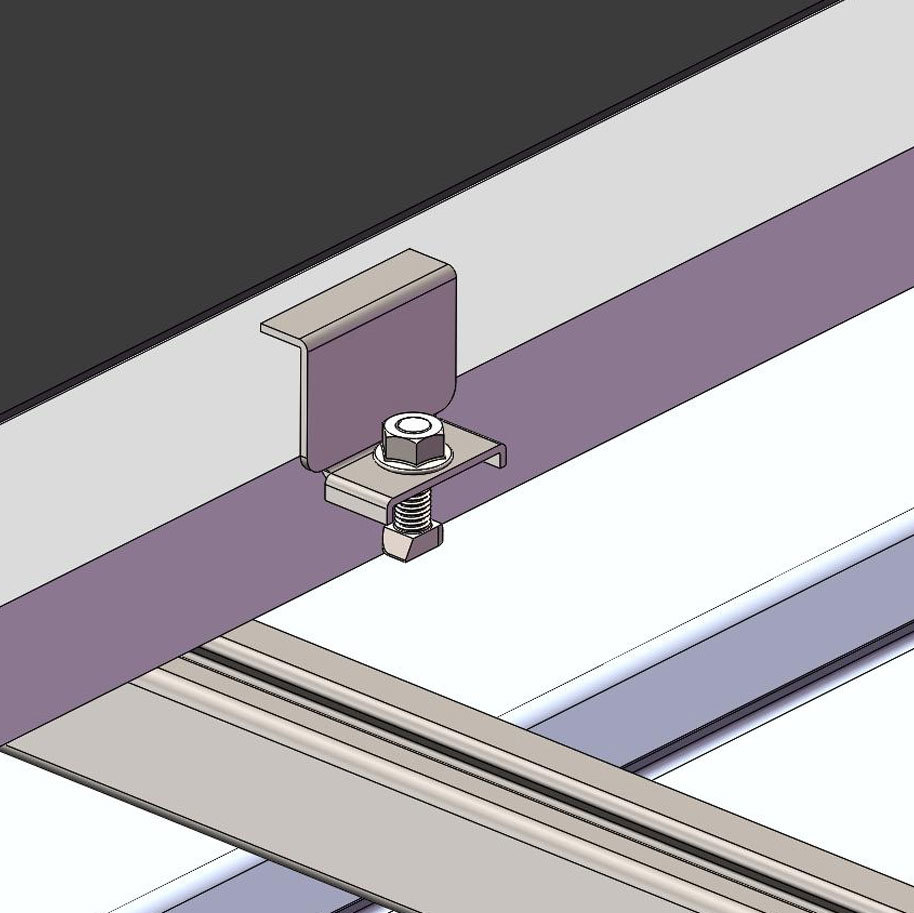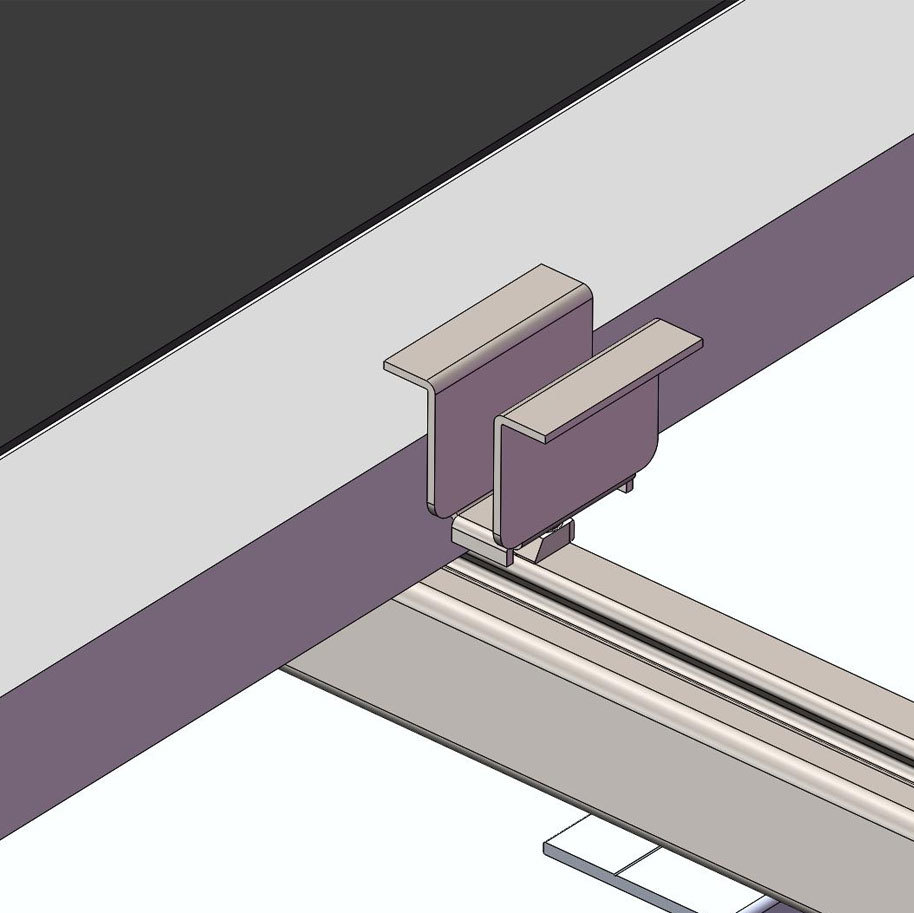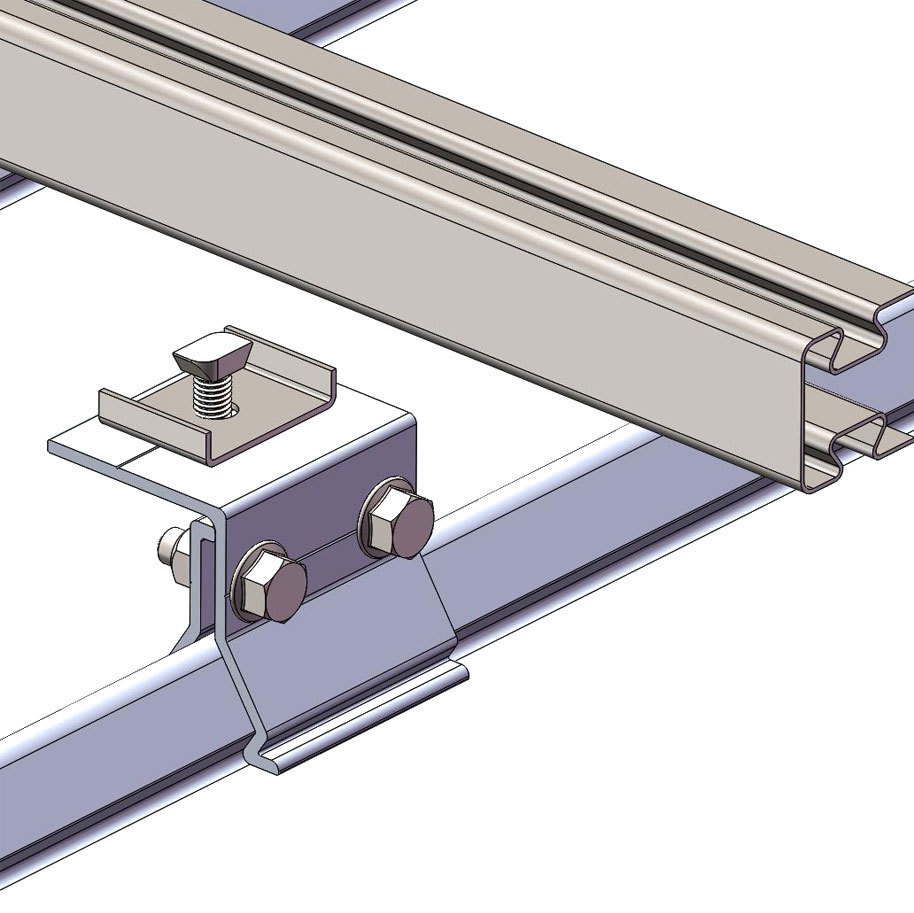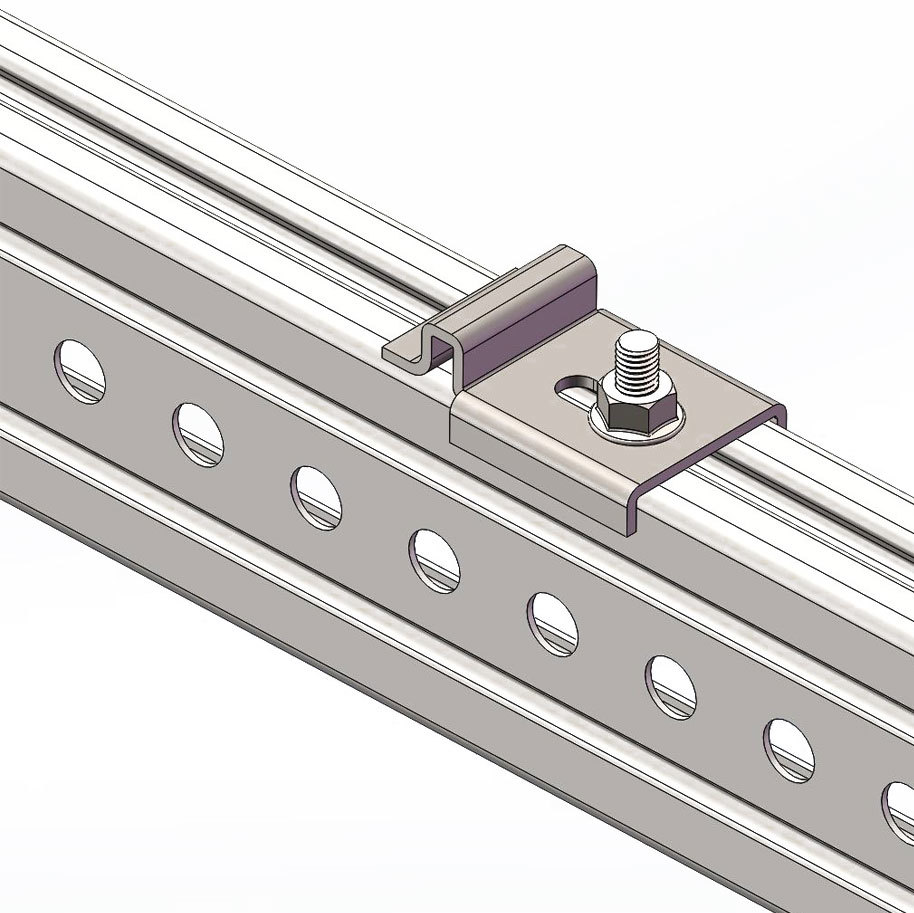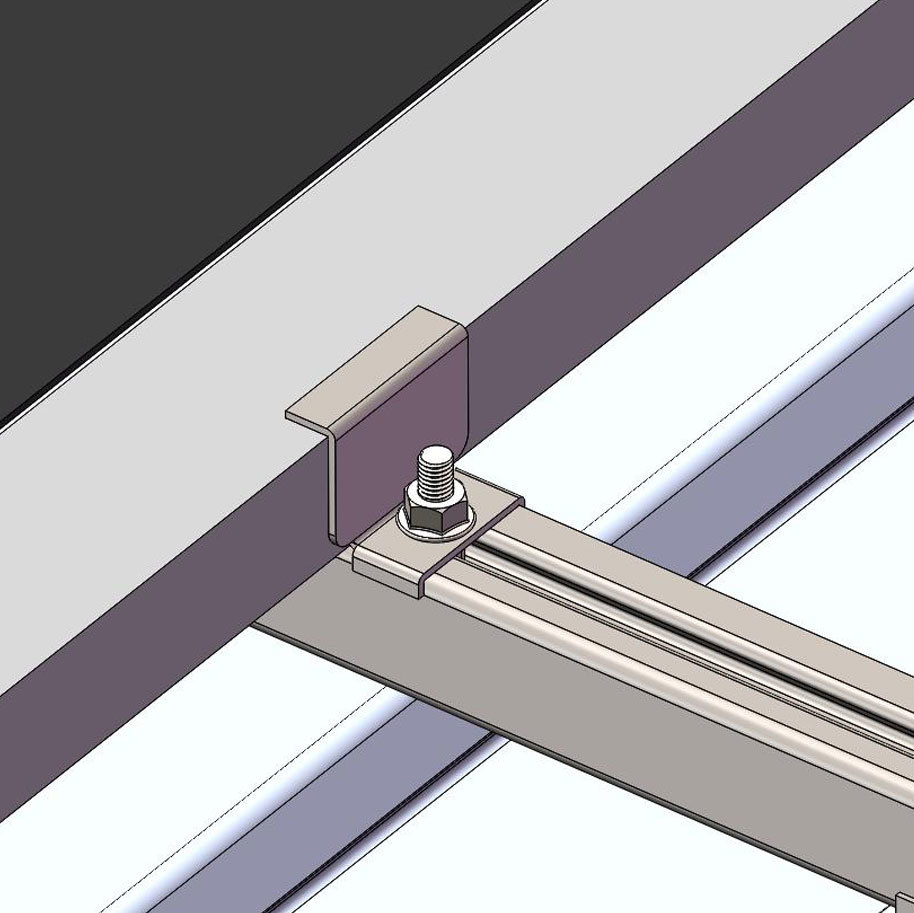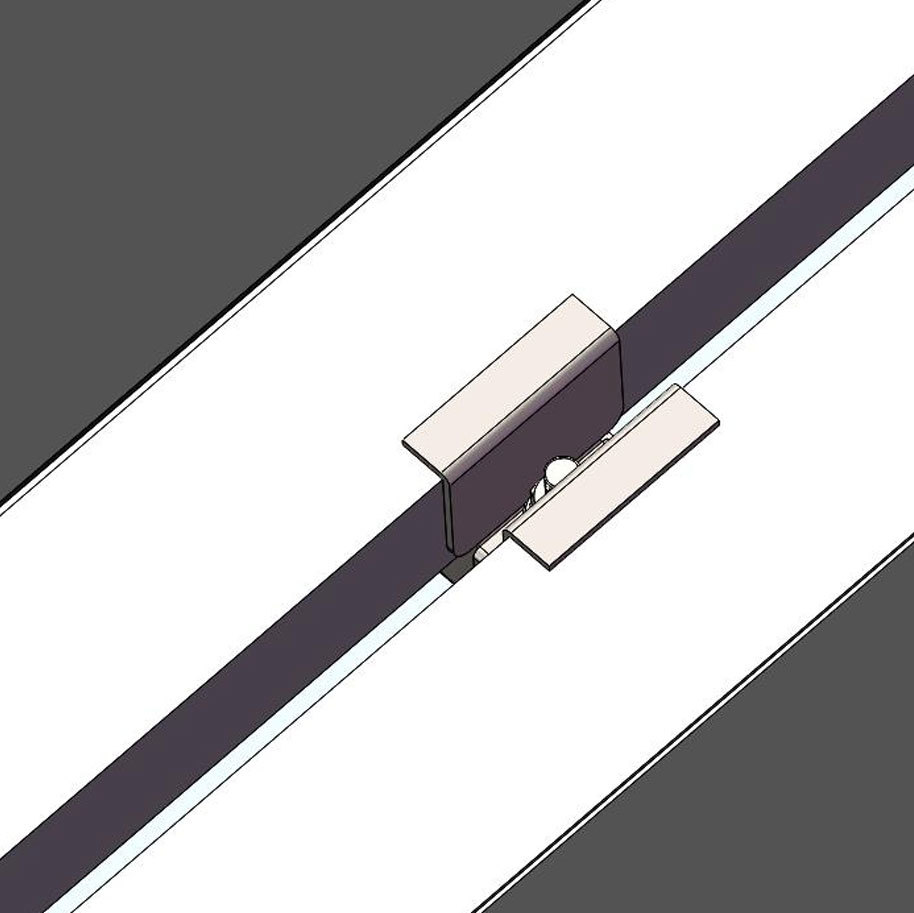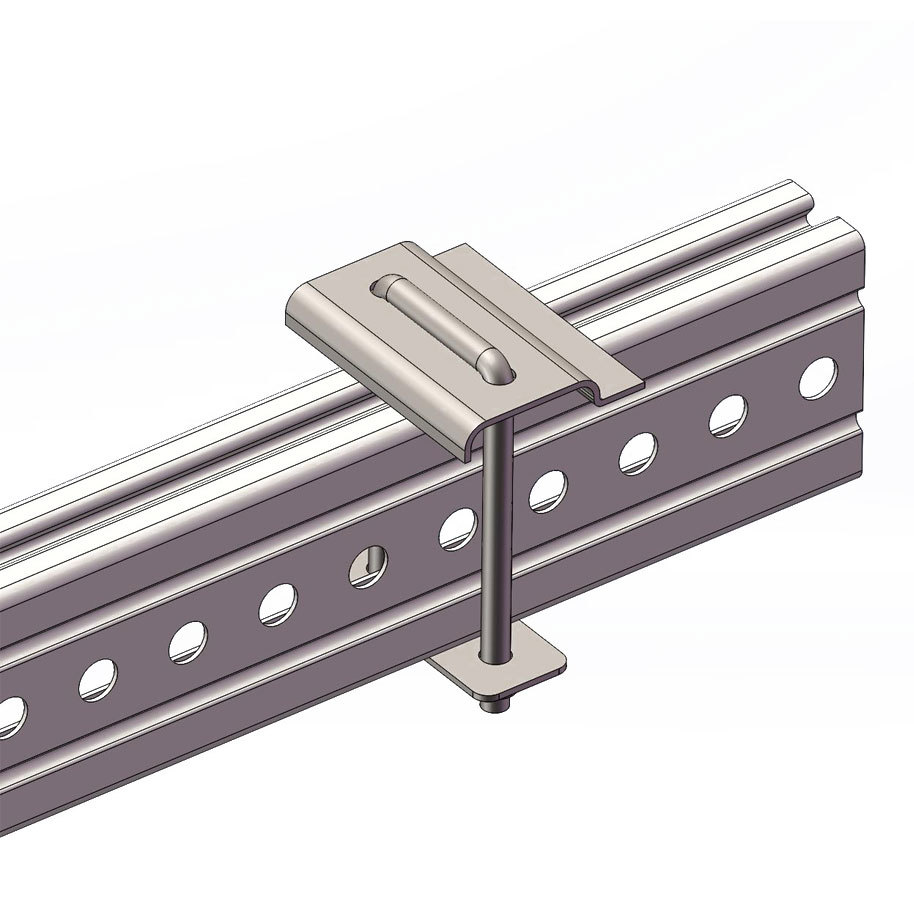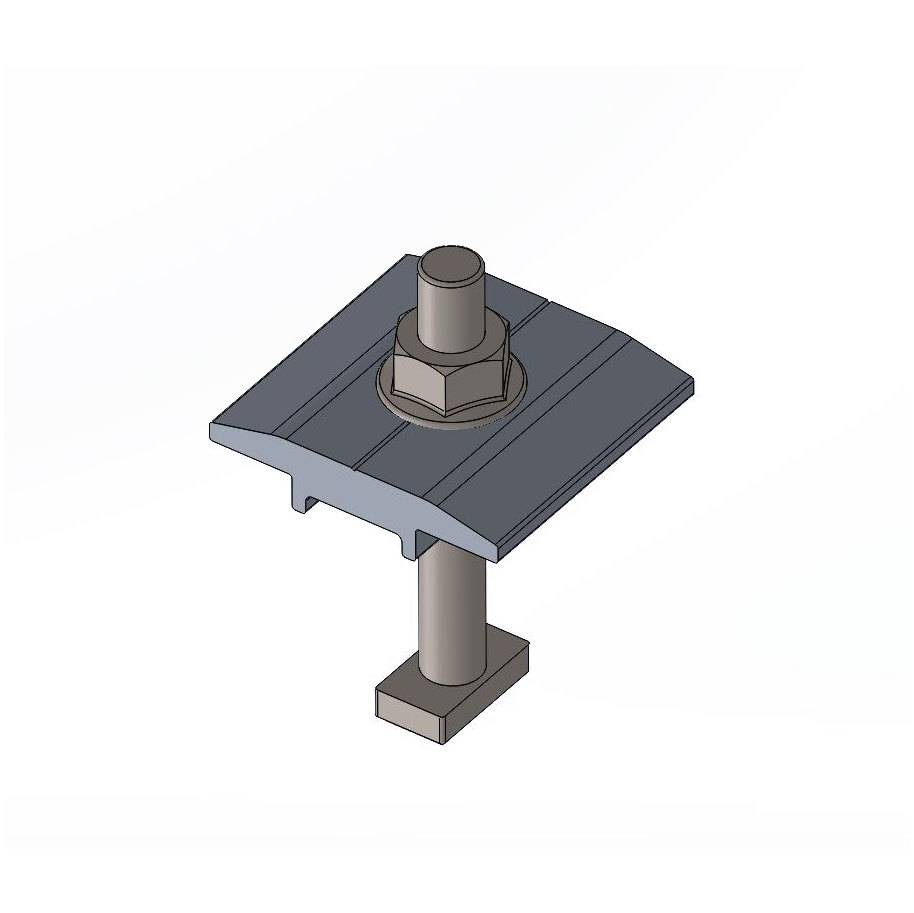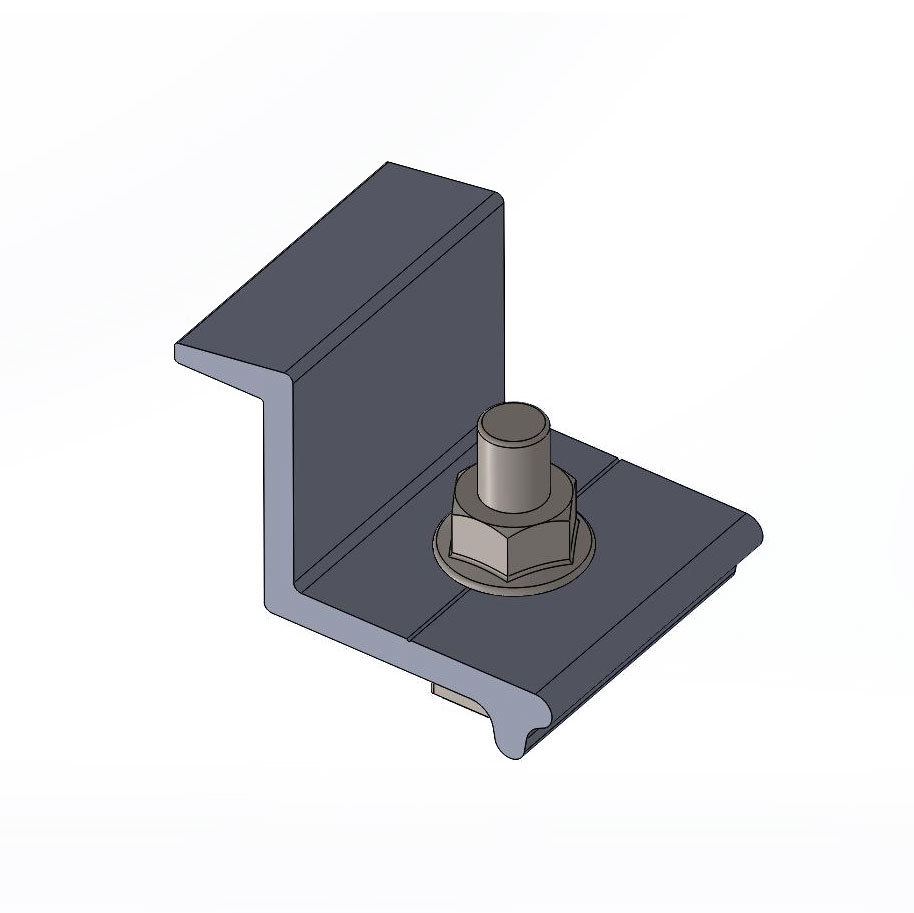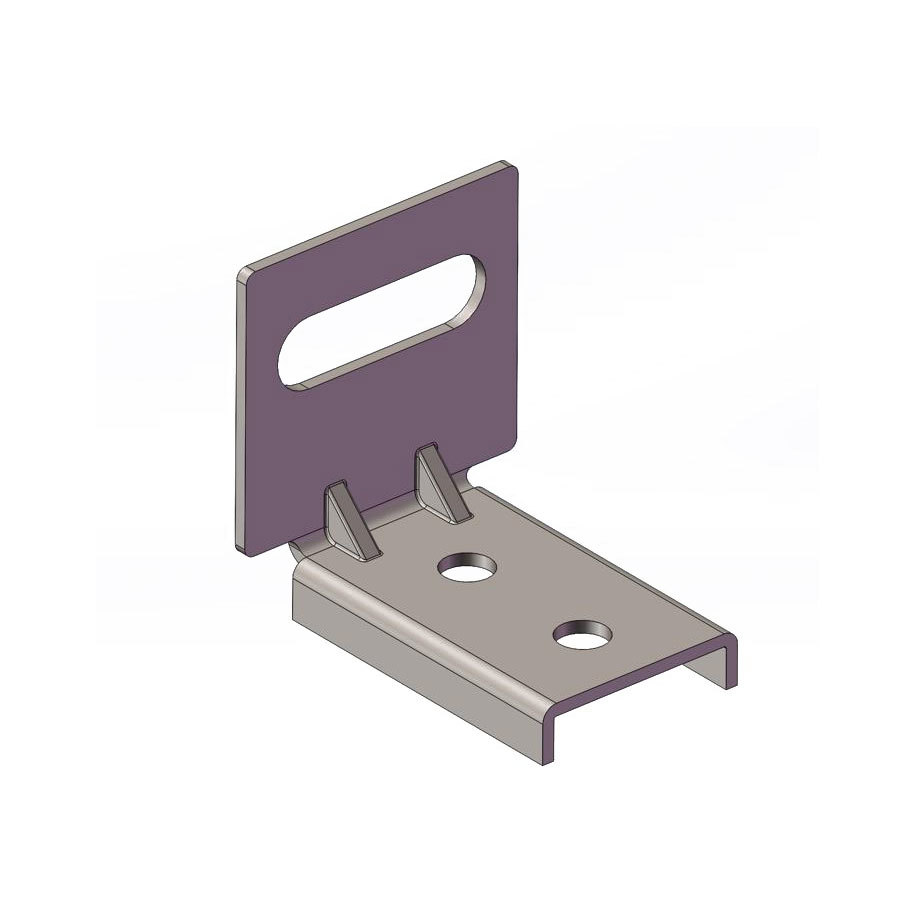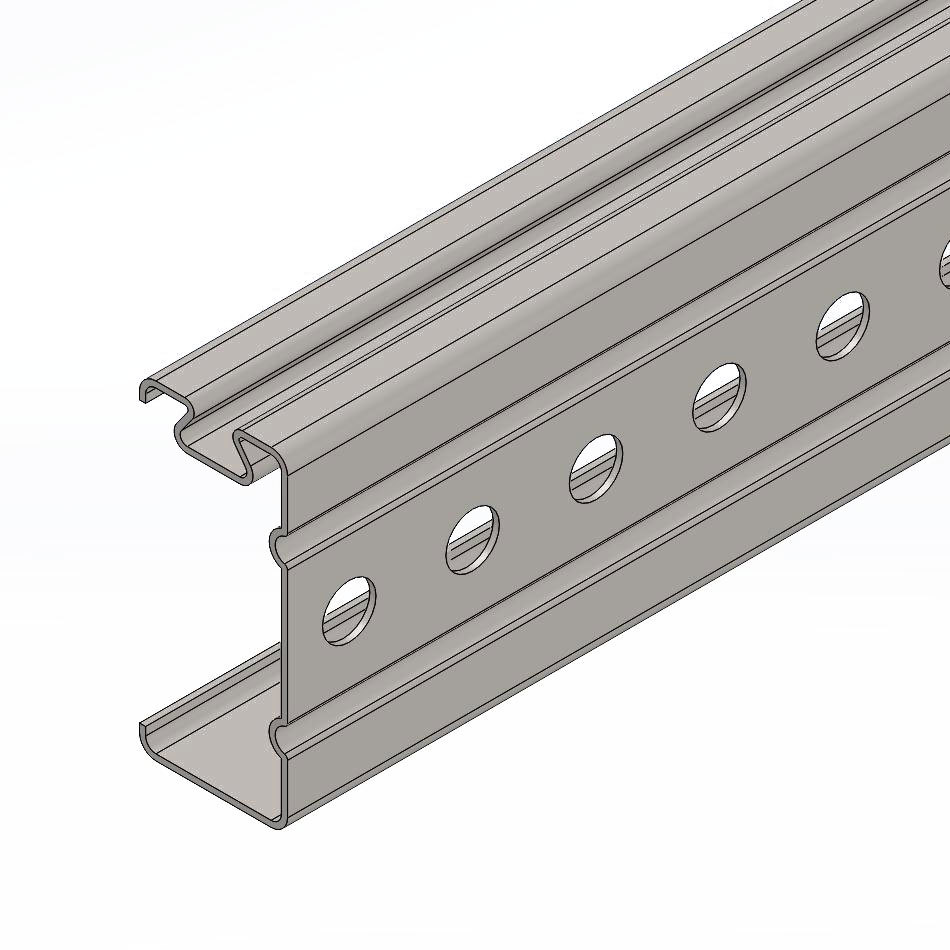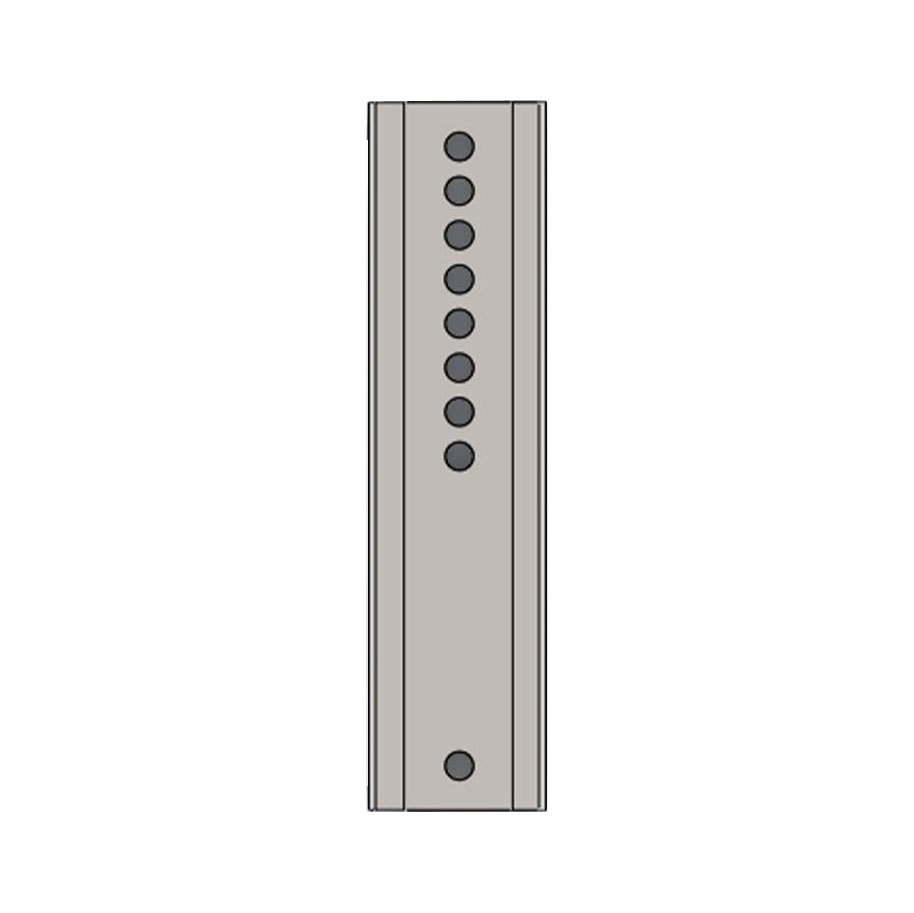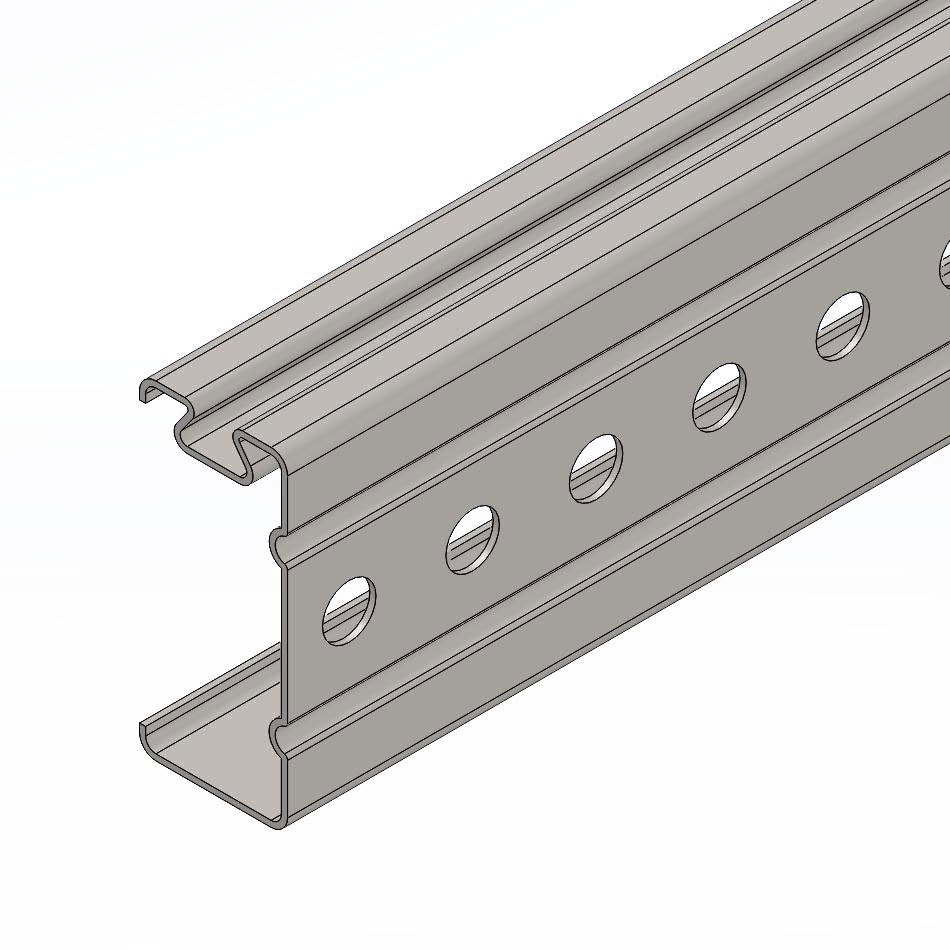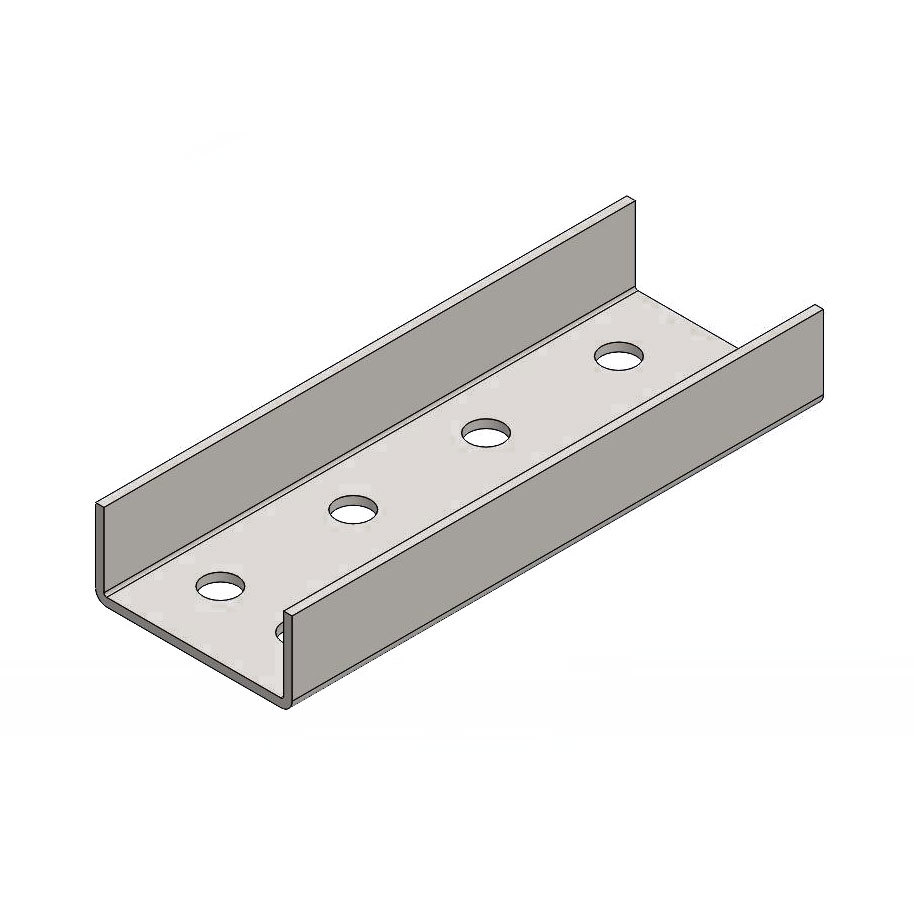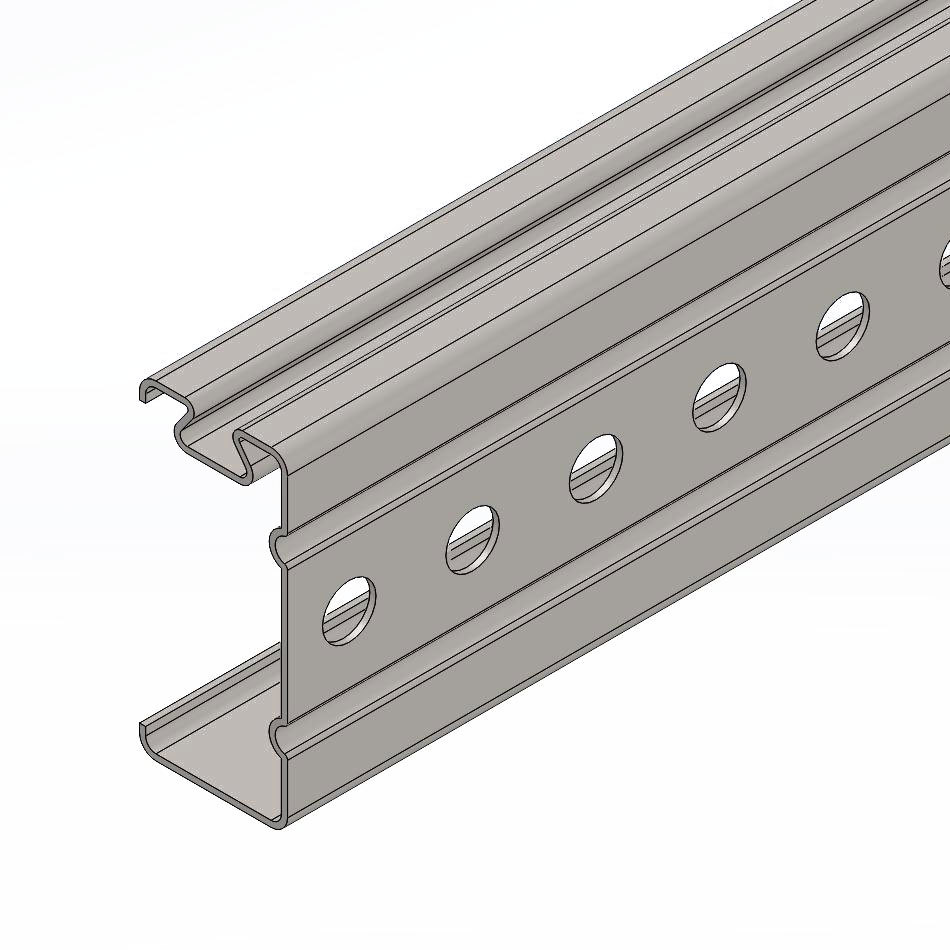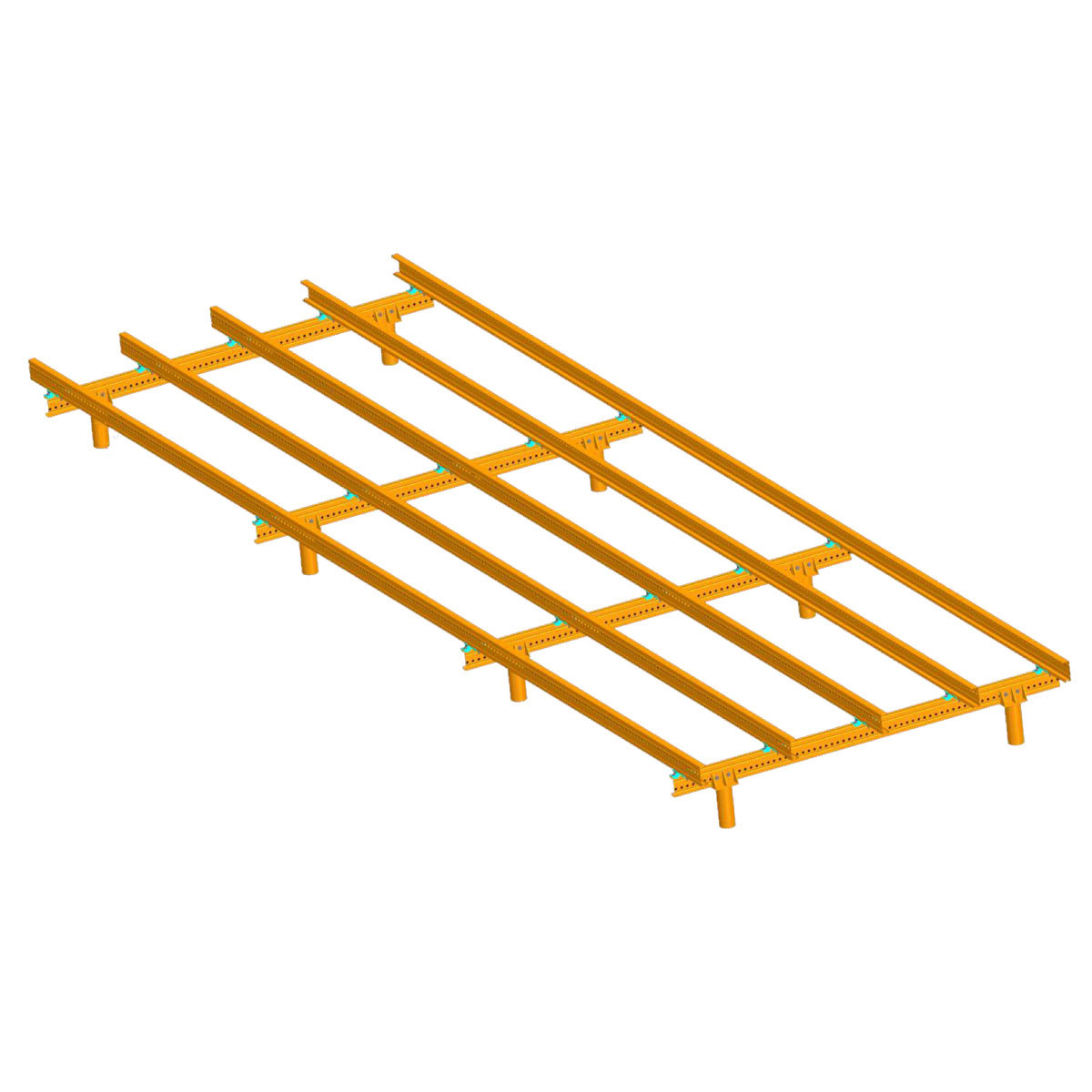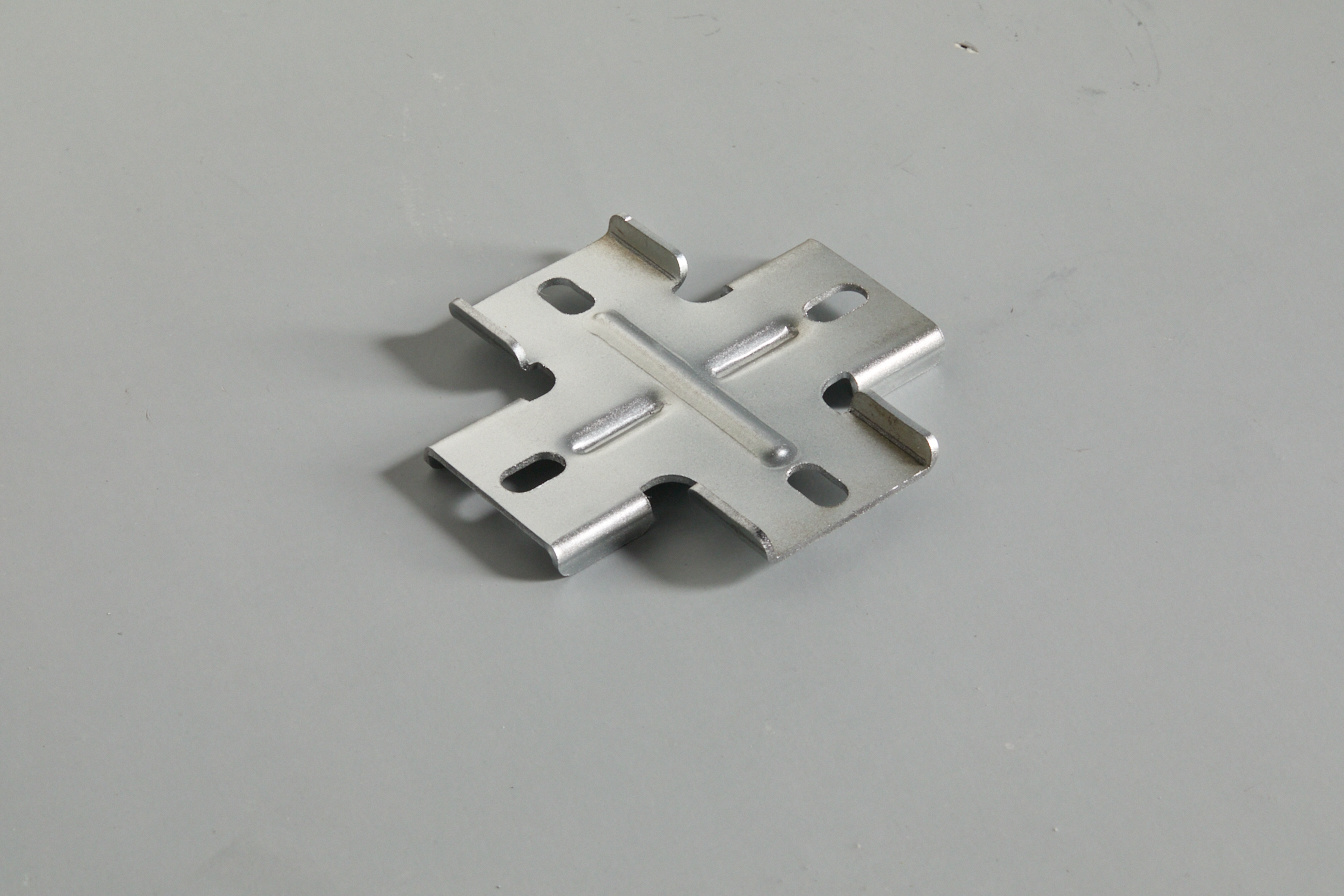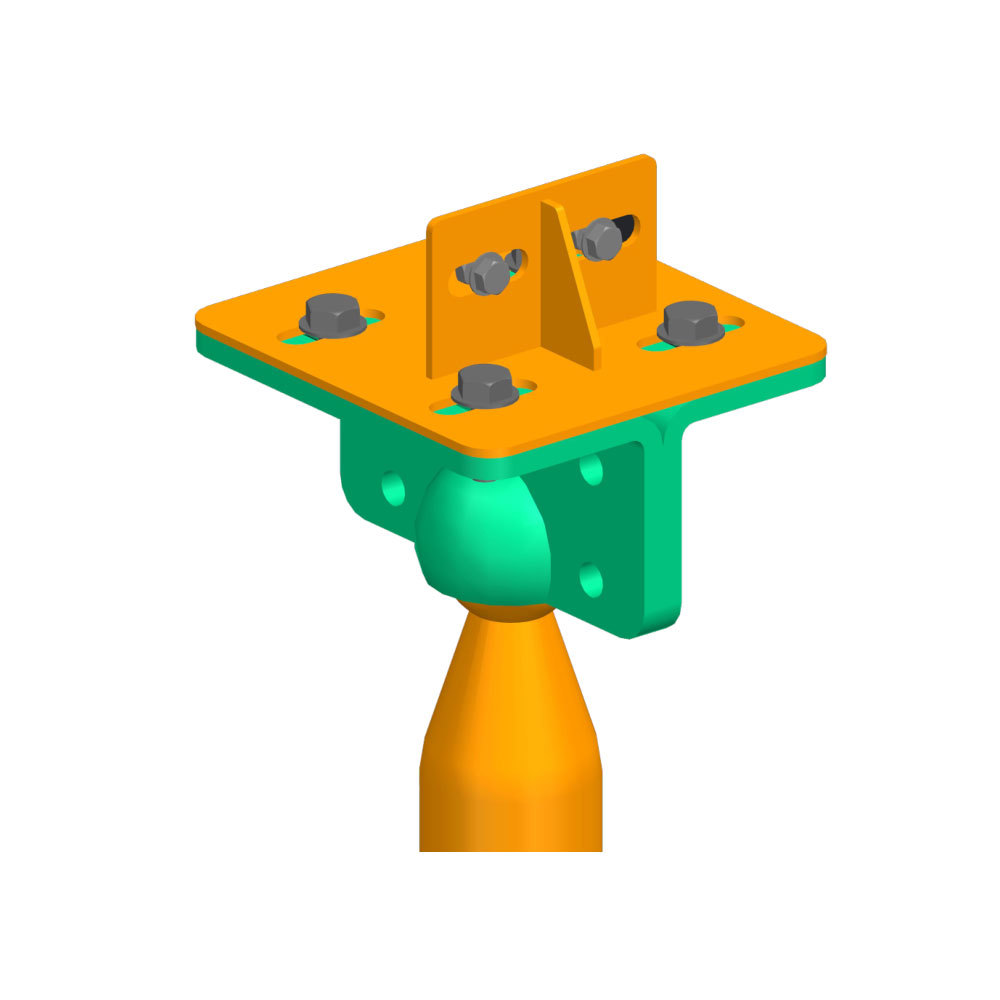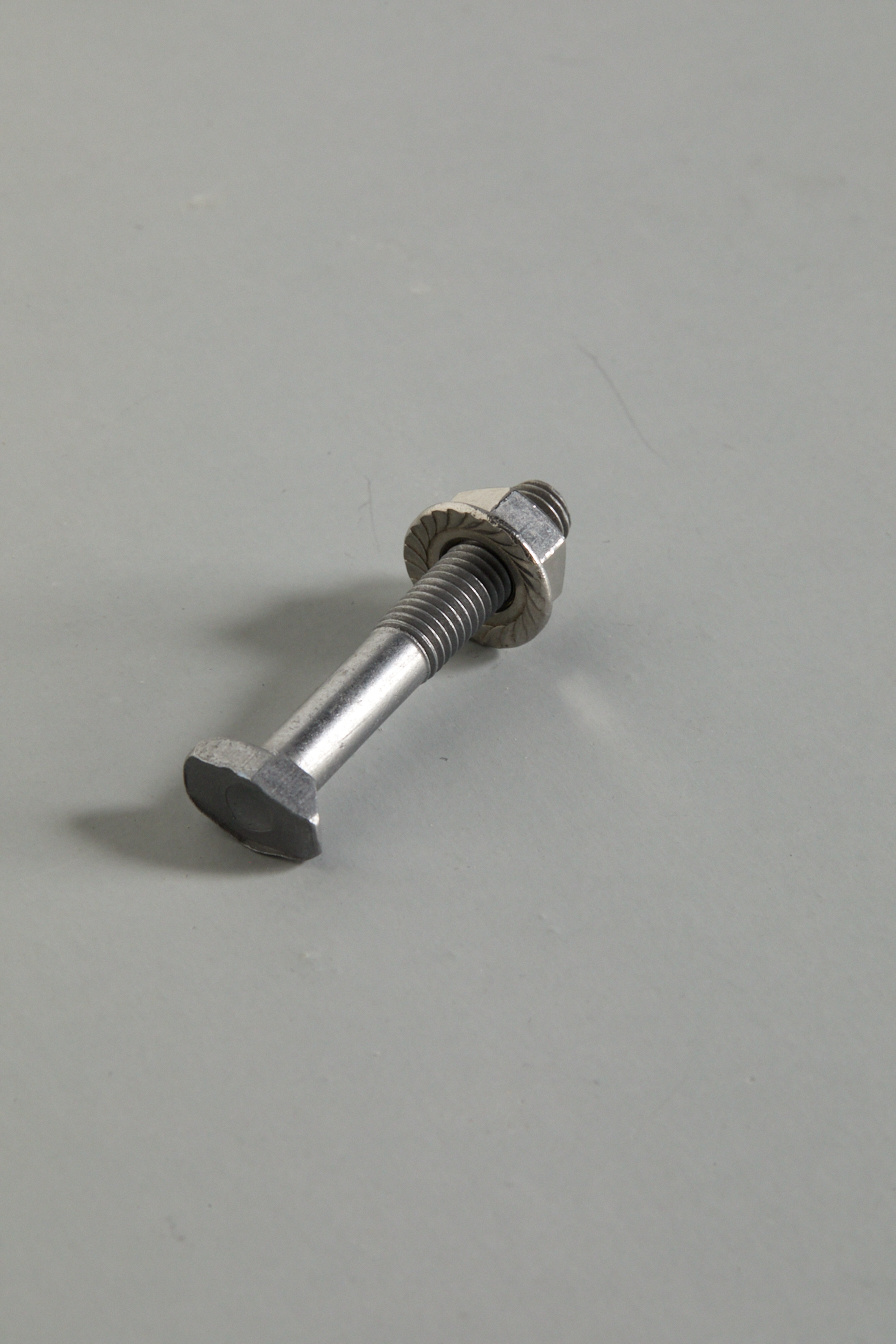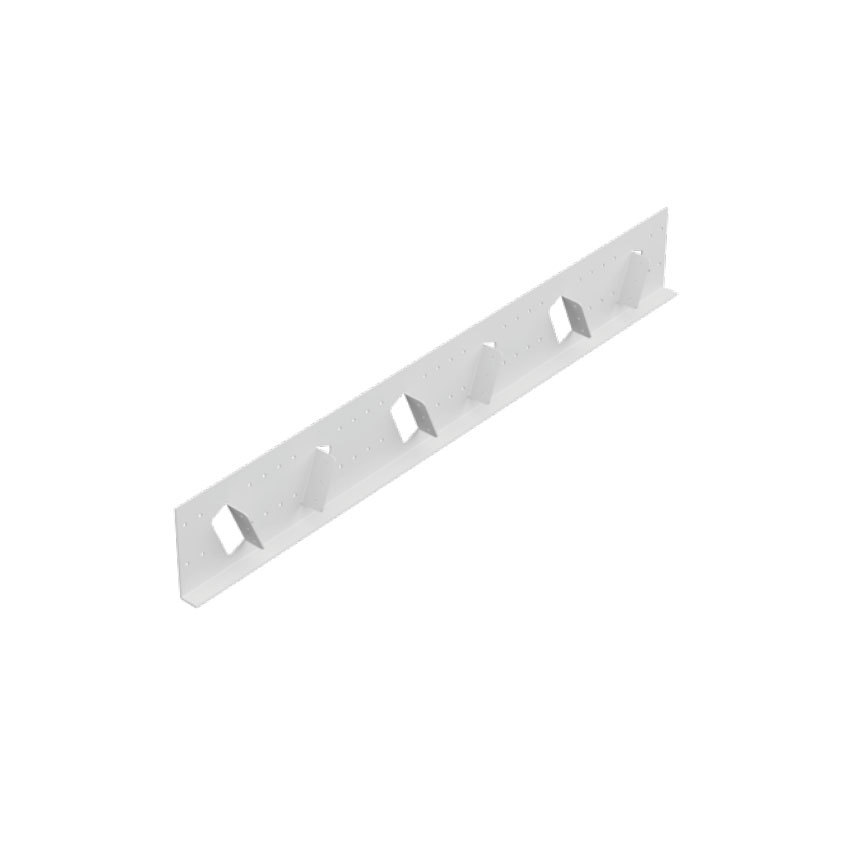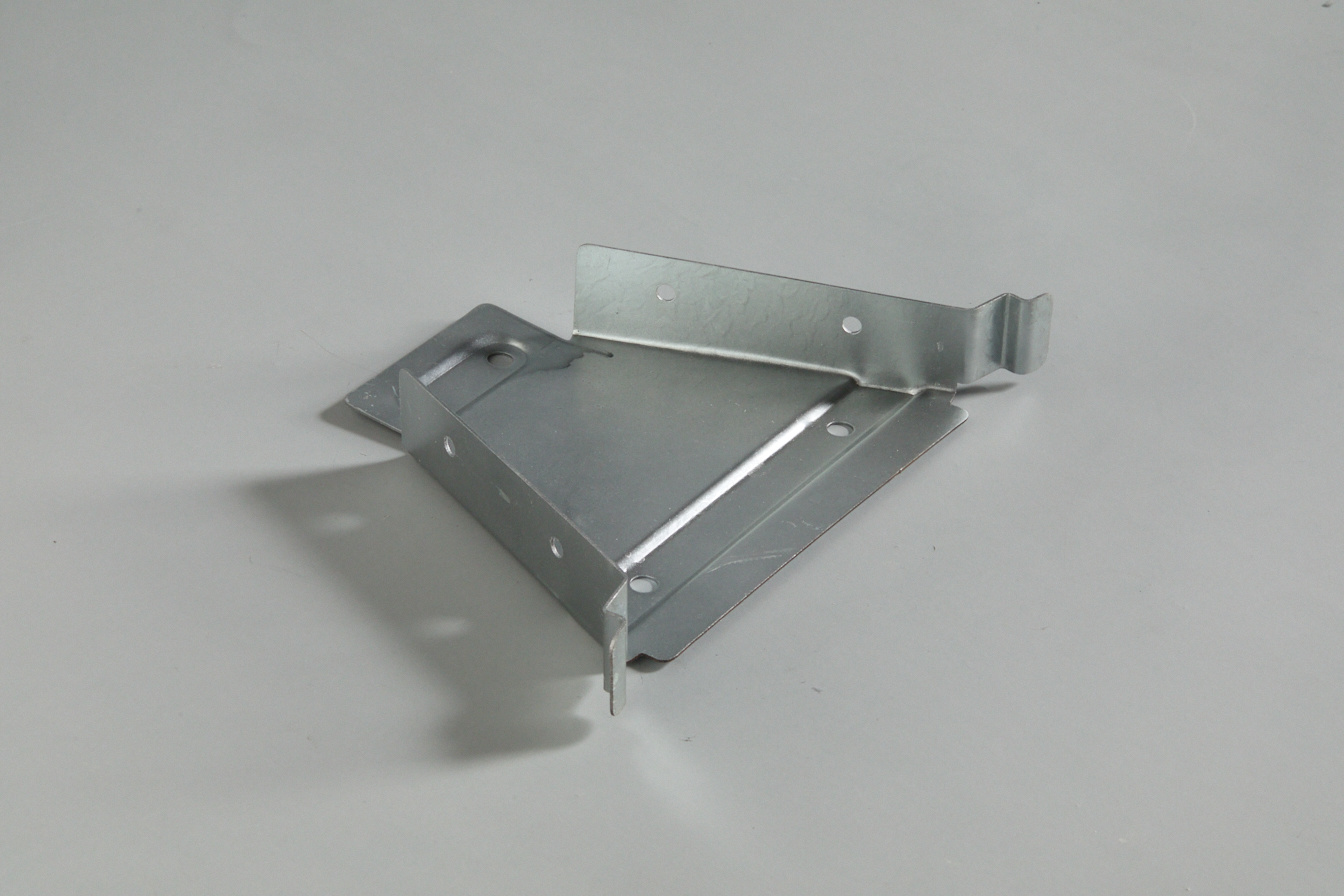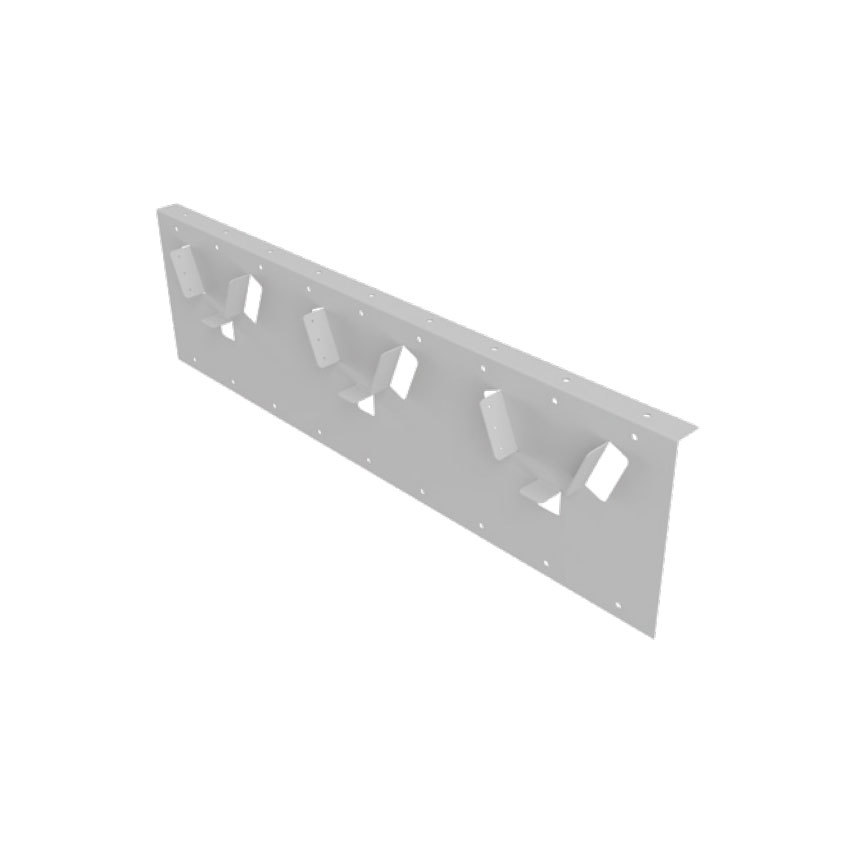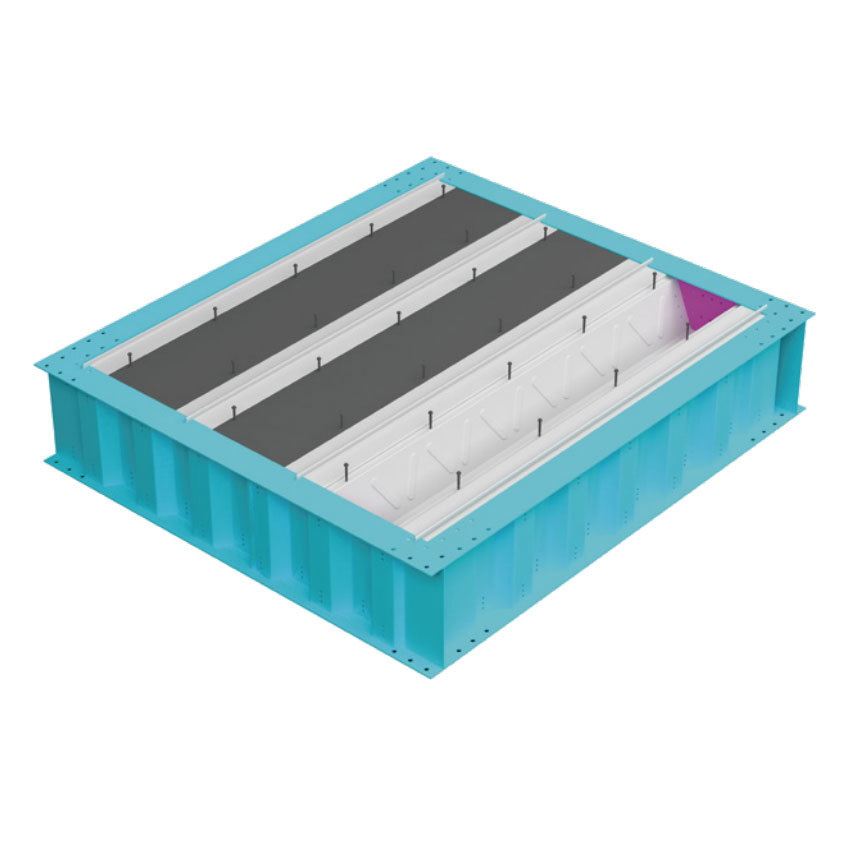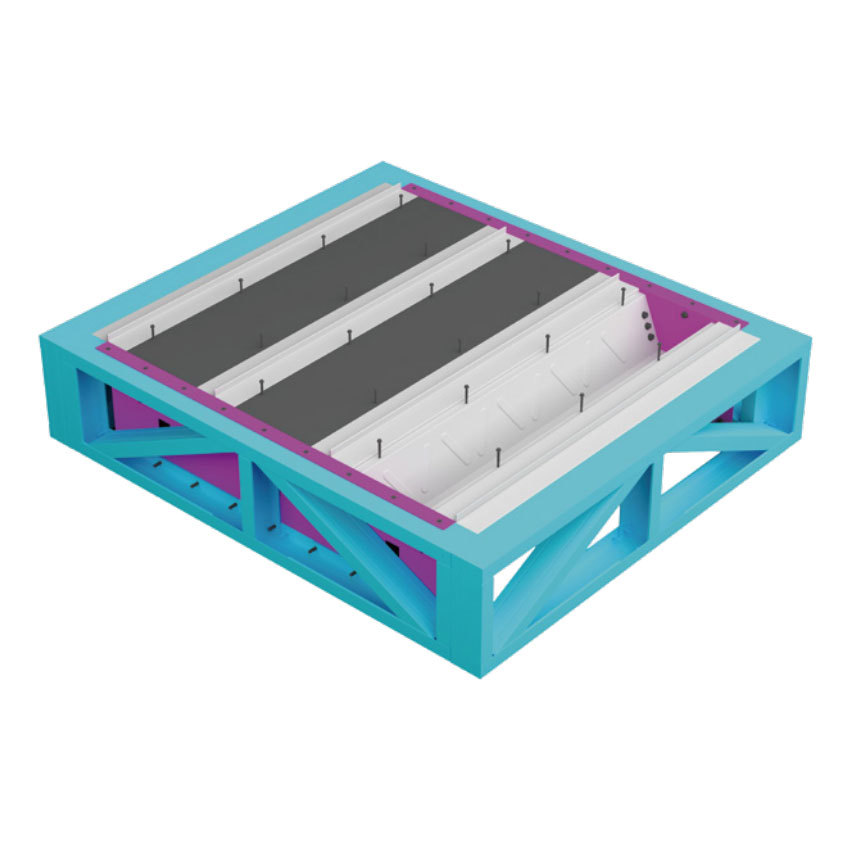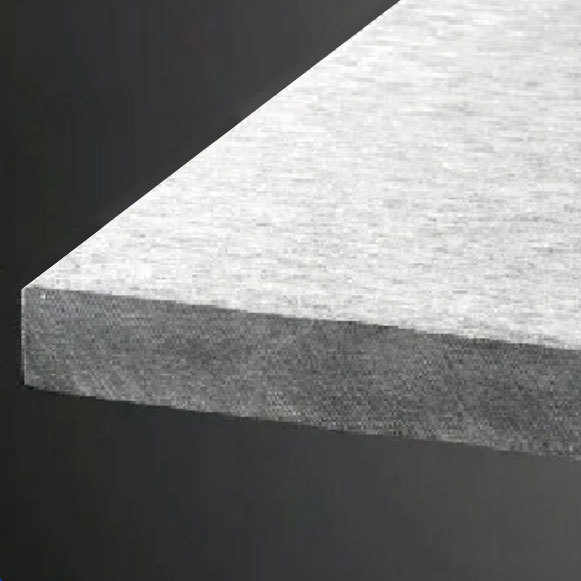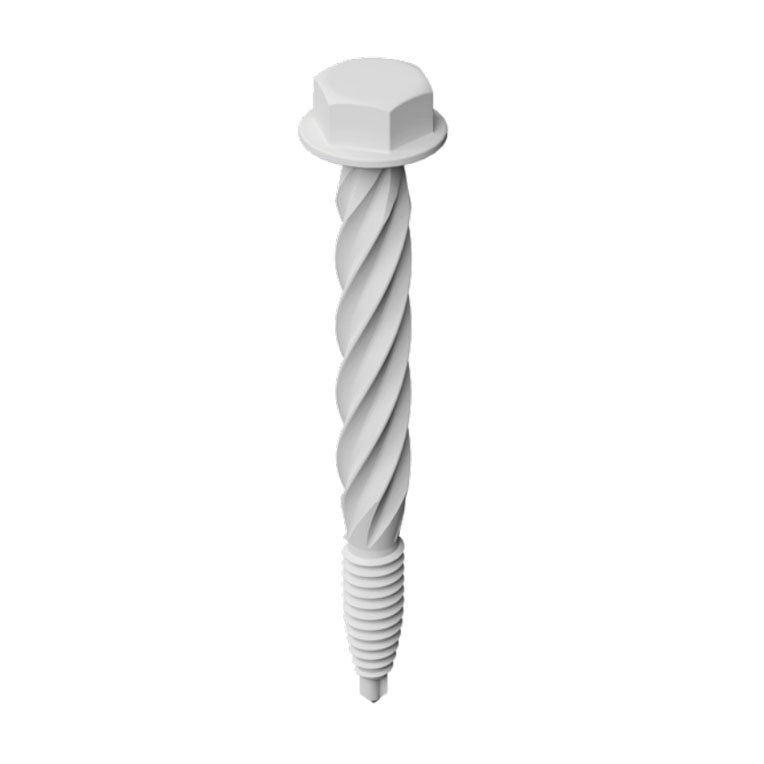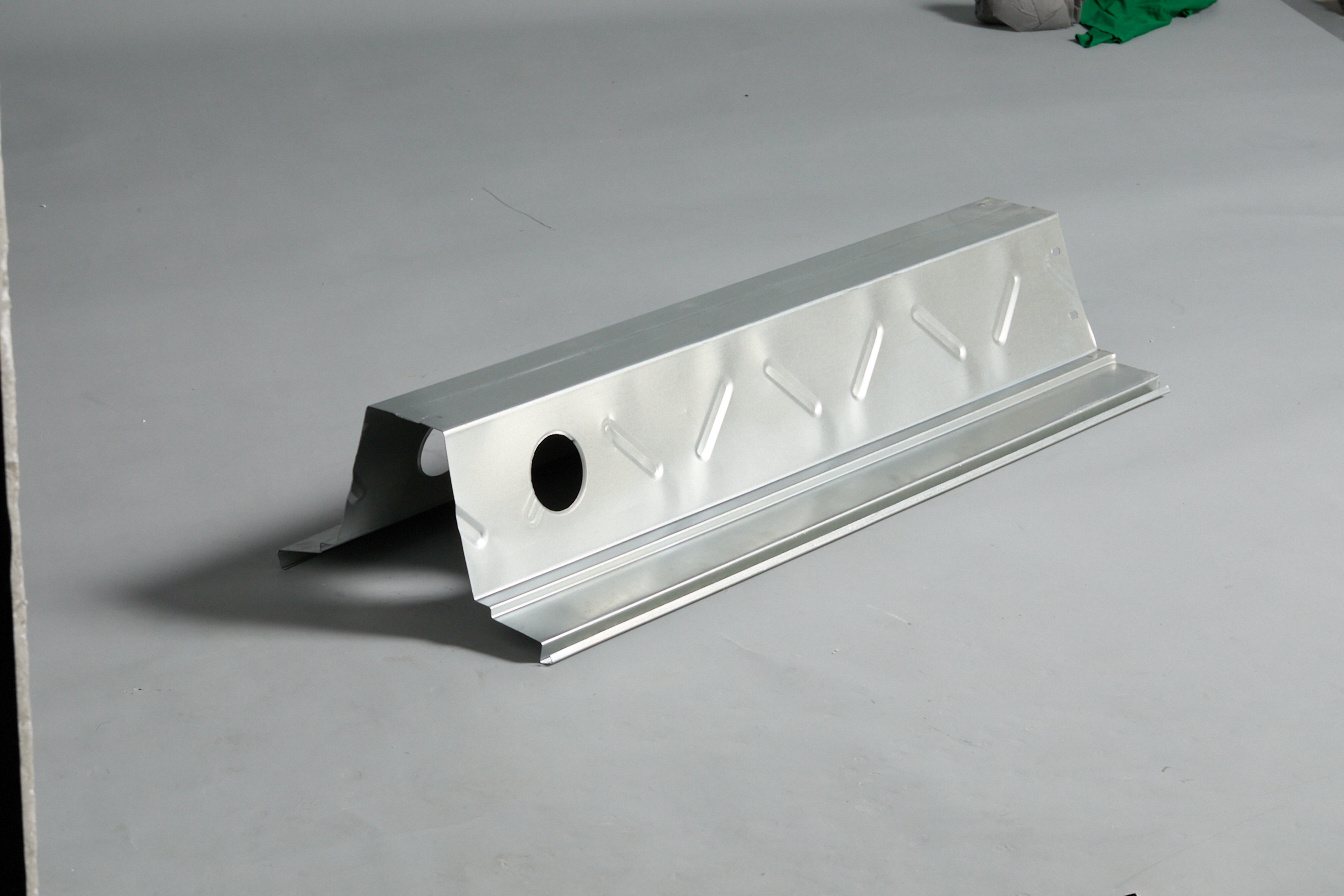Solving Complex Architectural Challenges with Cross Column Connector Systems
Release Time:
2025-02-21
Source:
Introduction to Cross Column Connector Systems
In the ever-evolving landscape of architecture and construction, the demand for sustainable, resilient, and aesthetically pleasing structures continues to rise. One of the critical innovations aiding architects and engineers in meeting these demands is the Cross Column Connector System. This advanced solution addresses complex architectural challenges, providing unparalleled structural support and design flexibility. In this article, we will explore the intricacies of Cross Column Connector Systems, their applications, benefits, and how they contribute to solving modern architectural problems.
The Need for Innovative Structural Solutions
As architectural designs become increasingly ambitious, the need for innovative structural solutions grows. Traditional building methods often struggle to accommodate unique design elements, leading to challenges such as:
- **Inadequate load distribution:** In modern buildings, especially high-rises, the distribution of weight and load becomes critical.
- **Complex geometries:** Unique architectural designs often require structures that can adapt to non-standard shapes and configurations.
- **Material limitations:** Traditional materials may not provide the necessary strength or flexibility required for advanced designs.
Understanding Cross Column Connector Systems
Cross Column Connector Systems are engineered solutions that enable the connection of structural columns in various configurations. These systems facilitate enhanced stability, load distribution, and versatility in design.
Key Components of Cross Column Connector Systems
1. **Connectors:** These are the primary elements that link columns together, ensuring they work as a unified framework.
2. **Bracing:** Additional braces are often incorporated to enhance stability and resist lateral forces.
3. **Materials:** Typically fabricated from high-strength steel or advanced composites, these connectors are designed to withstand significant loads.
Advantages of Using Cross Column Connector Systems
The integration of Cross Column Connector Systems in architectural designs offers numerous benefits, including:
1. Enhanced Structural Integrity
The primary advantage of Cross Column Connectors is the enhancement of structural integrity. By distributing loads more effectively across the framework, these systems minimize the risk of structural failure, especially in tall buildings or those exposed to high winds or seismic activity.
2. Versatility in Design
Architects are often constrained by traditional structural methods. Cross Column Connector Systems allow for greater flexibility, enabling the construction of innovative designs that were previously deemed impossible. This versatility opens up new avenues for creativity in architecture.
3. Improved Construction Efficiency
The prefabrication of Cross Column Connector Systems can significantly reduce construction time. With components manufactured off-site, on-site assembly becomes quicker and more efficient, leading to overall project savings.
4. Cost-Effectiveness
While the initial investment in Cross Column Connector Systems may be higher than traditional methods, the long-term savings in materials, labor, and maintenance make them a cost-effective solution in the grand scheme of architectural projects.
Applications of Cross Column Connector Systems in Architecture
Cross Column Connector Systems are applicable in a variety of architectural projects, including:
1. High-Rise Buildings
The structural demands of high-rise buildings make Cross Column Connectors an ideal solution. Their ability to distribute loads effectively allows for taller, more slender designs that are aesthetically pleasing and structurally sound.
2. Complex Geometries
Buildings with non-linear shapes or unique angles benefit greatly from Cross Column Connector Systems. Their adaptability enables architects to push the boundaries of design without compromising structural integrity.
3. Sustainable Architecture
In the fast-growing field of sustainable architecture, Cross Column Connector Systems play a crucial role. By allowing for the use of lighter materials and reducing waste during construction, these systems contribute to environmentally friendly building practices.
Case Studies: Successful Implementation of Cross Column Connector Systems
Examining real-world applications of Cross Column Connector Systems can provide valuable insights into their effectiveness and versatility.
1. The Burj Khalifa, Dubai
As the tallest building in the world, the Burj Khalifa demonstrates the necessity of advanced structural solutions. Cross Column Connector Systems were integral in managing the immense loads and forces acting on the structure.
2. The Sydney Opera House, Australia
The iconic design of the Sydney Opera House required innovative structural solutions. The incorporation of Cross Column Connectors allowed for the unique shell-like roof structure while maintaining stability and aesthetic appeal.
Choosing the Right Cross Column Connector System for Your Project
Selecting the appropriate Cross Column Connector System involves several considerations:
1. Project Requirements
Assess the specific structural needs of your project. Consider factors such as height, load-bearing requirements, and design complexity.
2. Material Selection
Choose materials that align with your design vision and structural demands. High-strength steel and composite materials offer distinct advantages depending on the project.
3. Collaboration with Engineers
Working closely with structural engineers is essential to ensure the chosen system aligns with both architectural vision and building codes.
Future Trends in Cross Column Connector Systems
As technology continues to evolve, so too will the capabilities of Cross Column Connector Systems. Anticipated advancements include:
1. Smart Materials
The integration of smart materials that can adapt to environmental changes will enhance the functionality of Cross Column Connectors.
2. Sustainable Practices
With a growing emphasis on sustainability, future developments will likely focus on minimizing environmental impact and maximizing the efficiency of building processes.
3. Enhanced Prefabrication Techniques
Improvements in prefabrication will streamline the construction process, making Cross Column Connector Systems even more accessible to architects and builders.
Frequently Asked Questions (FAQs)
1. What are Cross Column Connector Systems?
Cross Column Connector Systems are structural solutions designed to connect columns in a way that enhances stability and load distribution, allowing for more innovative architectural designs.
2. How do Cross Column Connector Systems improve structural integrity?
They distribute loads effectively across the structure, reducing the risk of failure and ensuring that the building can withstand various environmental forces.
3. Are Cross Column Connector Systems suitable for high-rise buildings?
Yes, they are particularly well-suited for high-rise buildings due to their ability to manage significant loads and enhance stability.
4. What materials are used in Cross Column Connector Systems?
Common materials include high-strength steel and advanced composites, chosen for their strength-to-weight ratio and durability.
5. Can Cross Column Connector Systems be used in sustainable architecture?
Absolutely. They facilitate the use of lighter materials and can reduce construction waste, contributing to more sustainable building practices.
Conclusion
Cross Column Connector Systems represent a groundbreaking advancement in architectural design, enabling the construction of innovative and resilient structures. Their ability to address the complexities of modern architecture—ranging from high-rise buildings to unique geometries—positions them as essential tools in the contemporary builder’s toolbox. As we move towards a future that prioritizes sustainability and efficiency, these systems will undoubtedly play a pivotal role in shaping the skylines of tomorrow. By embracing Cross Column Connector Systems, architects and engineers can not only overcome current challenges but also pioneer new possibilities in structural design.
Related Information

HaoHeng Group
Address: Room 1808, Block A, Vanke Cloud City, Jiemei District, Xiamen City, Fujian Province
Business cooperation:
Business License
Copyright © HaoHeng (FuJian) Building Materials Technology Co, Ltd. All rights reserved































